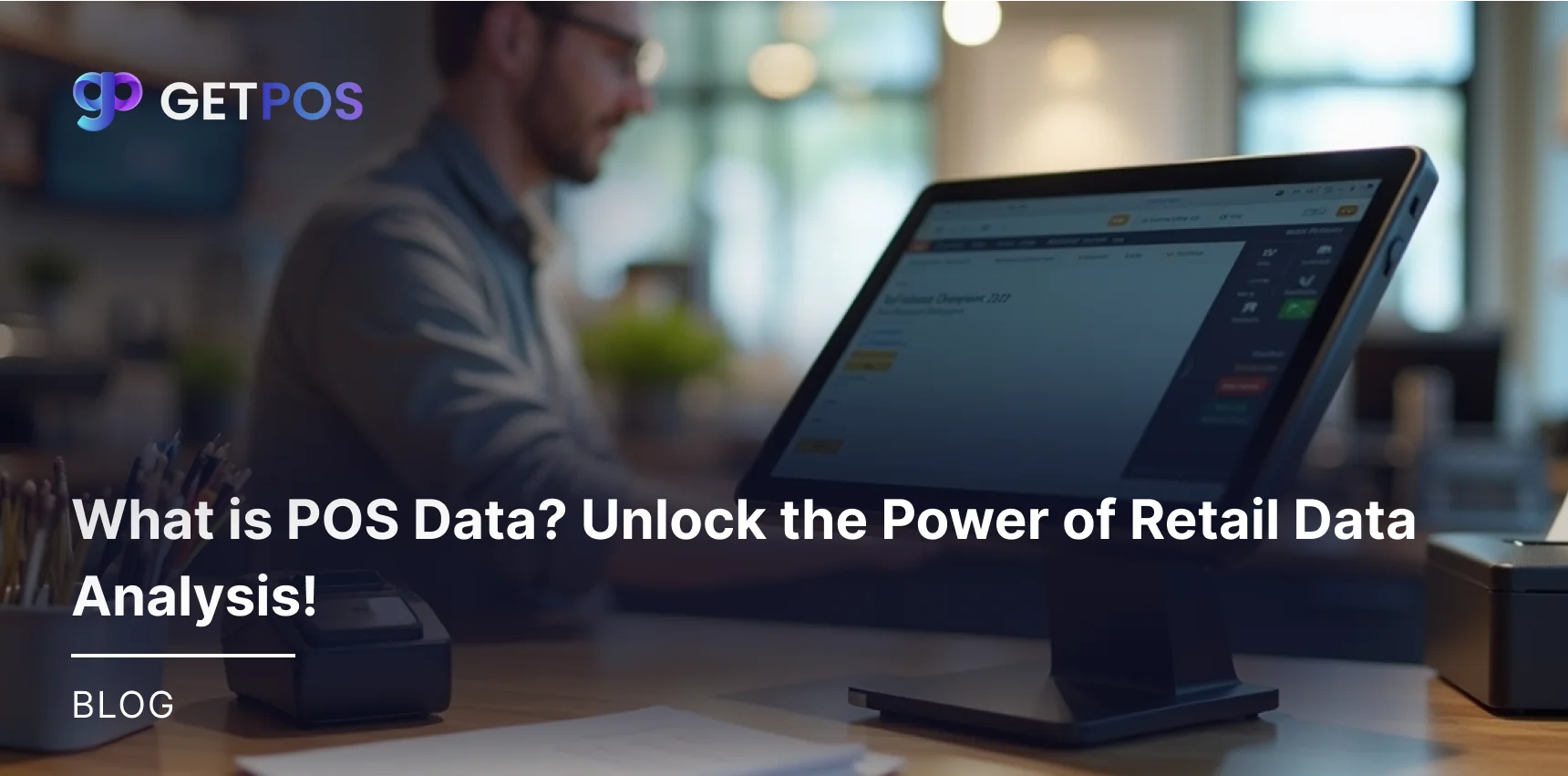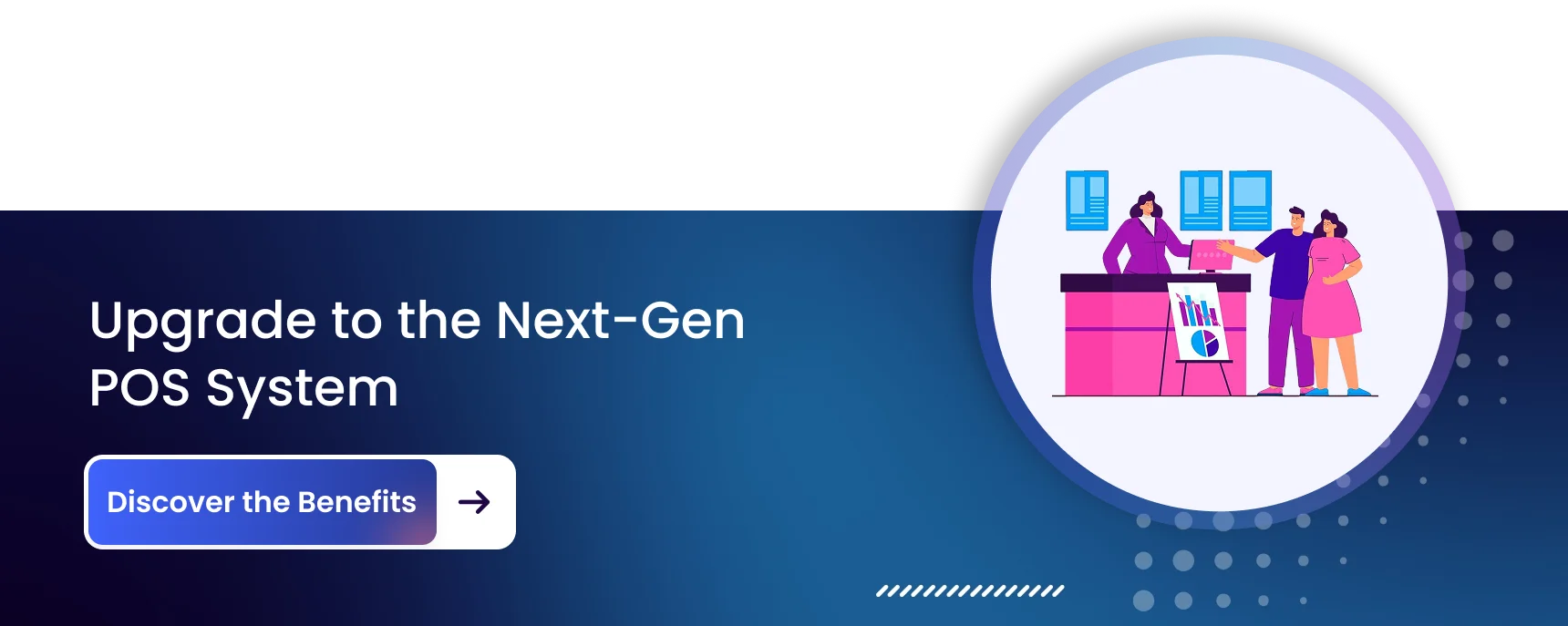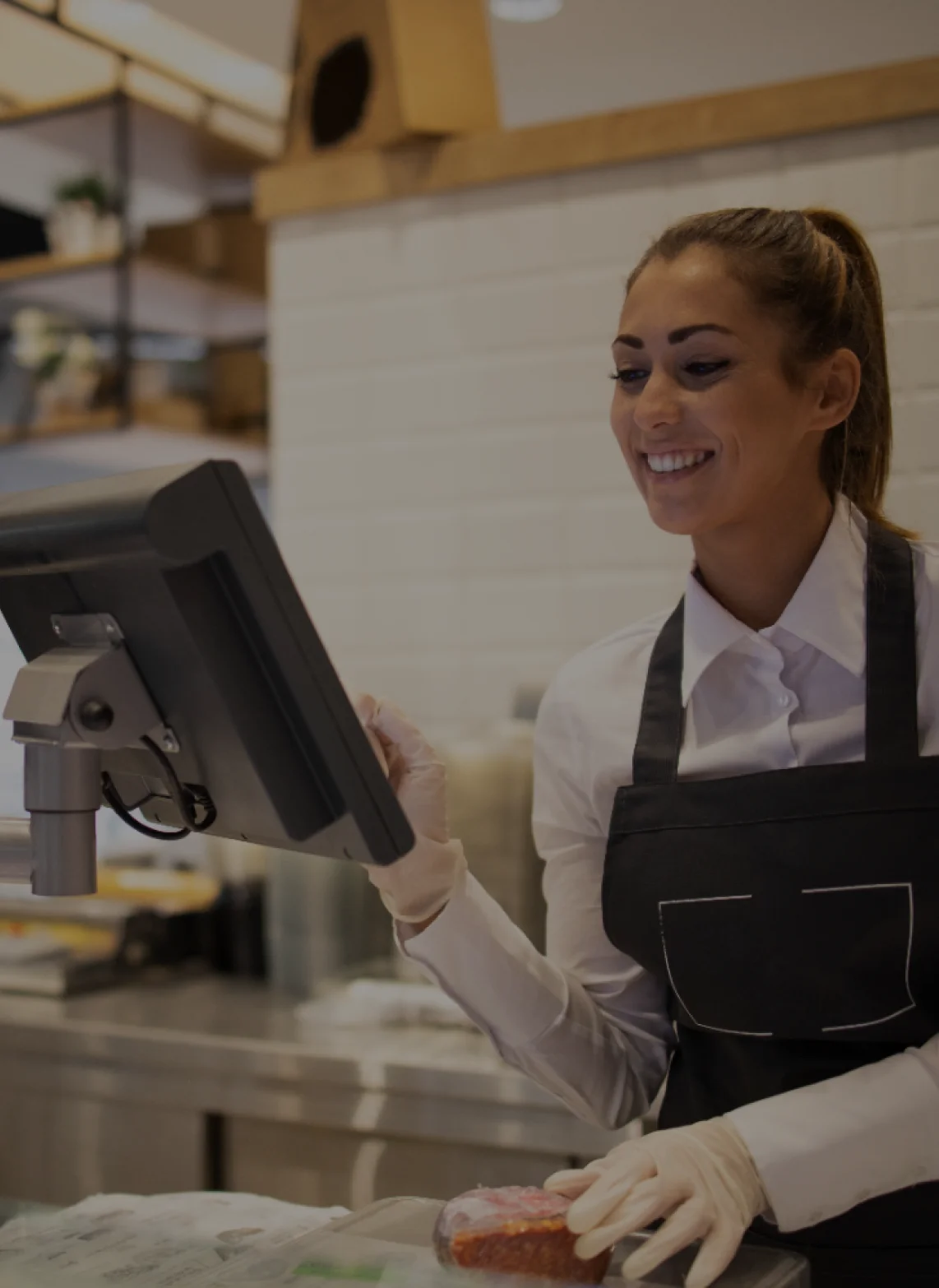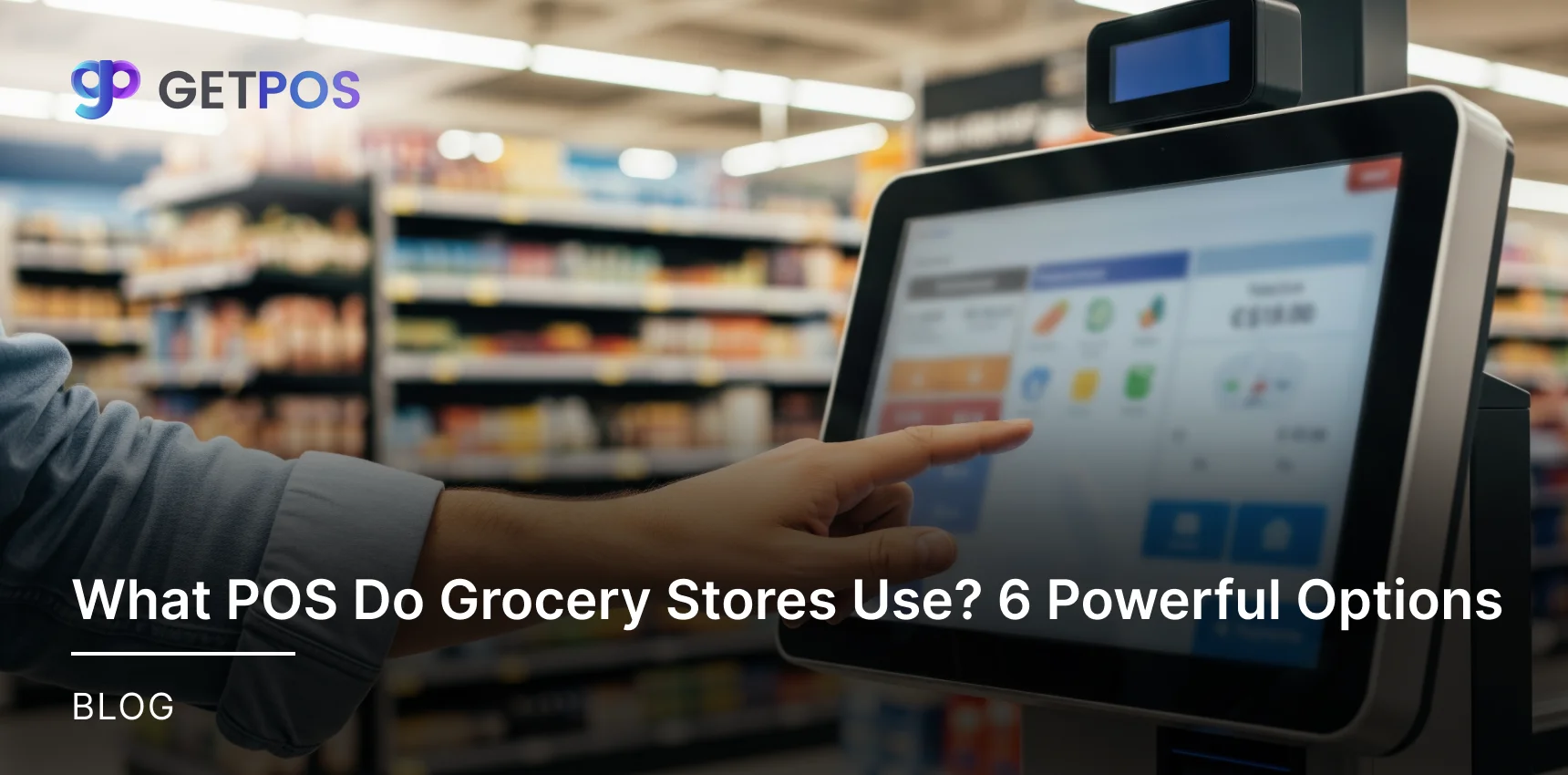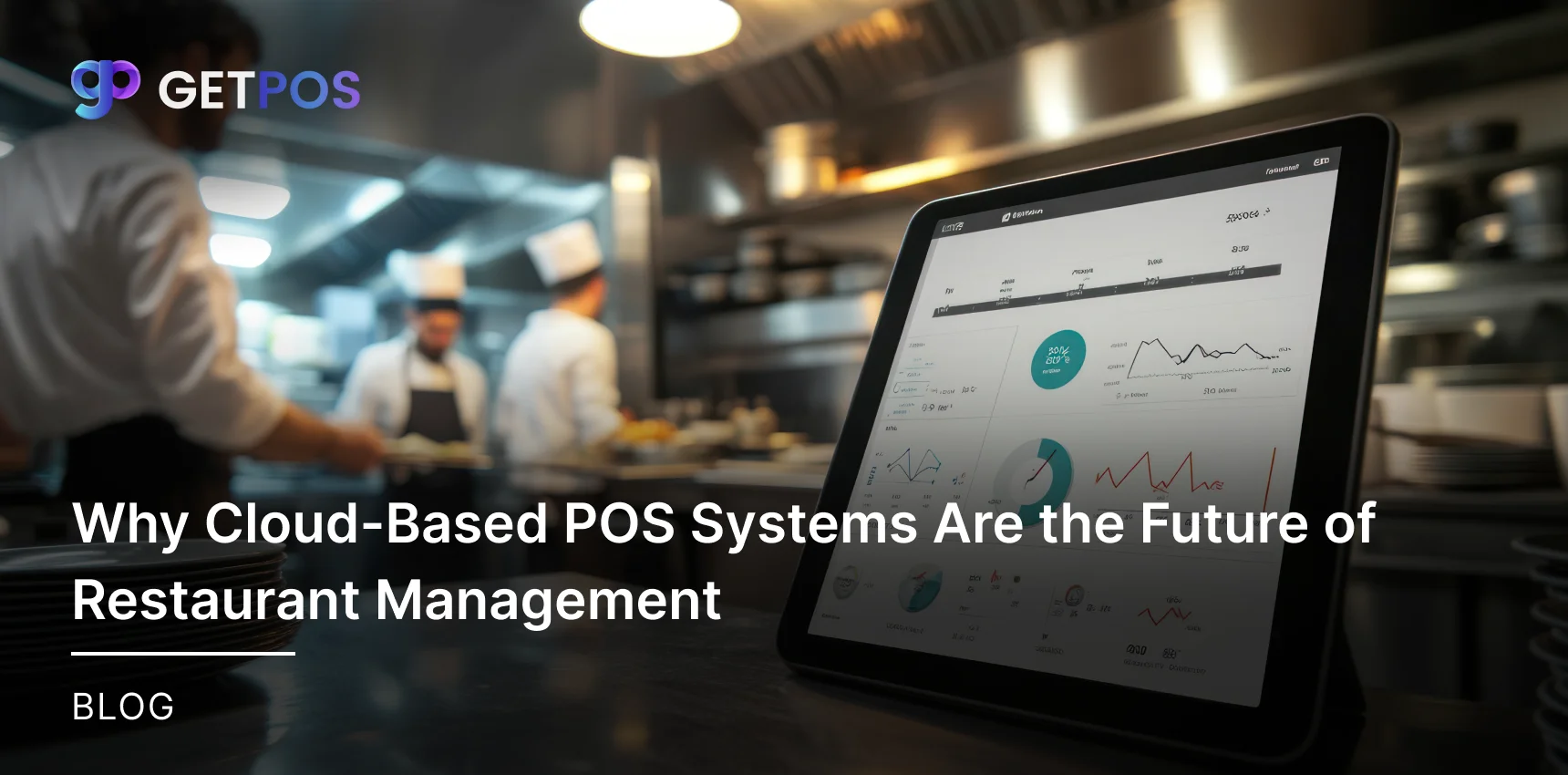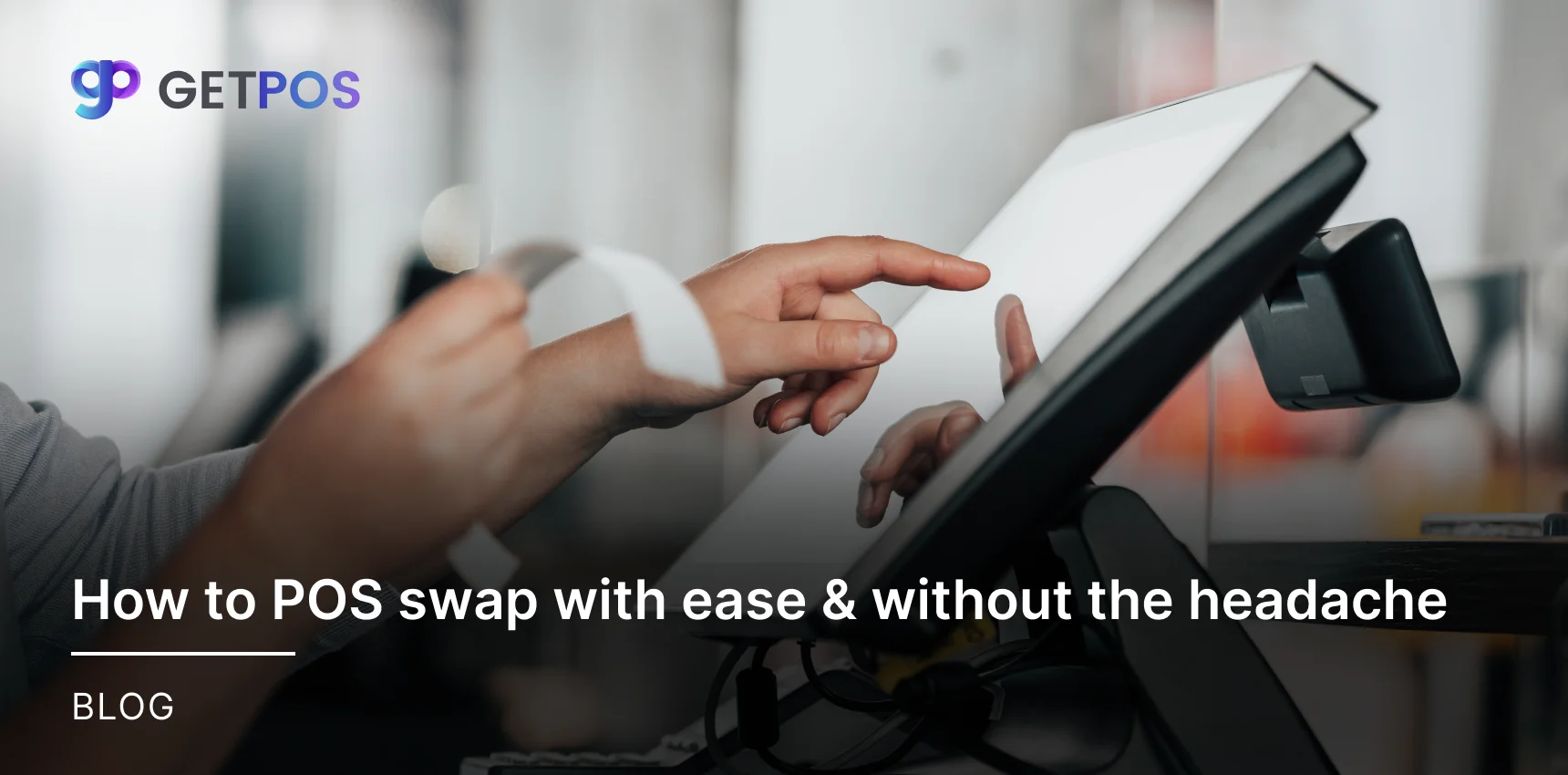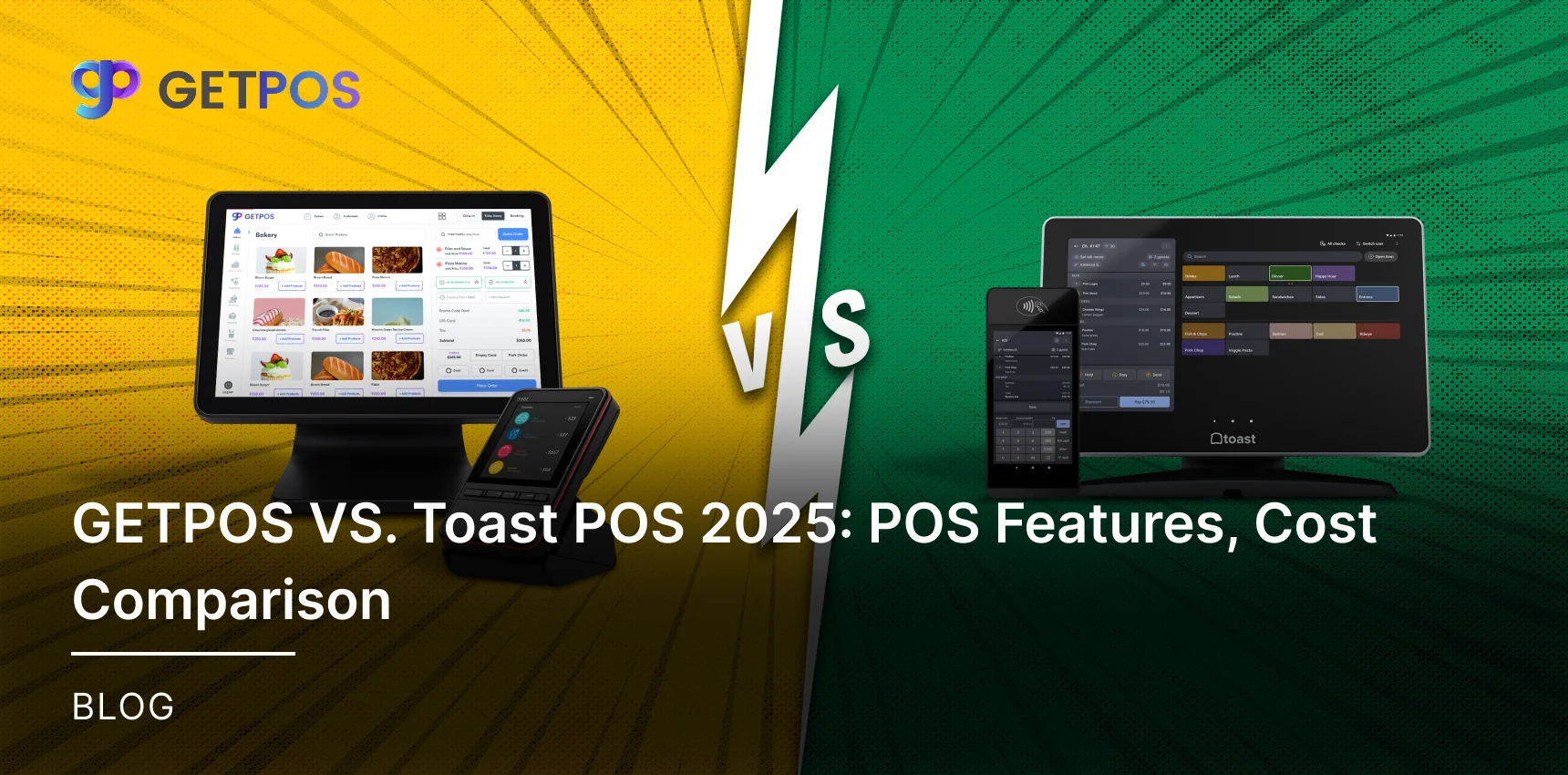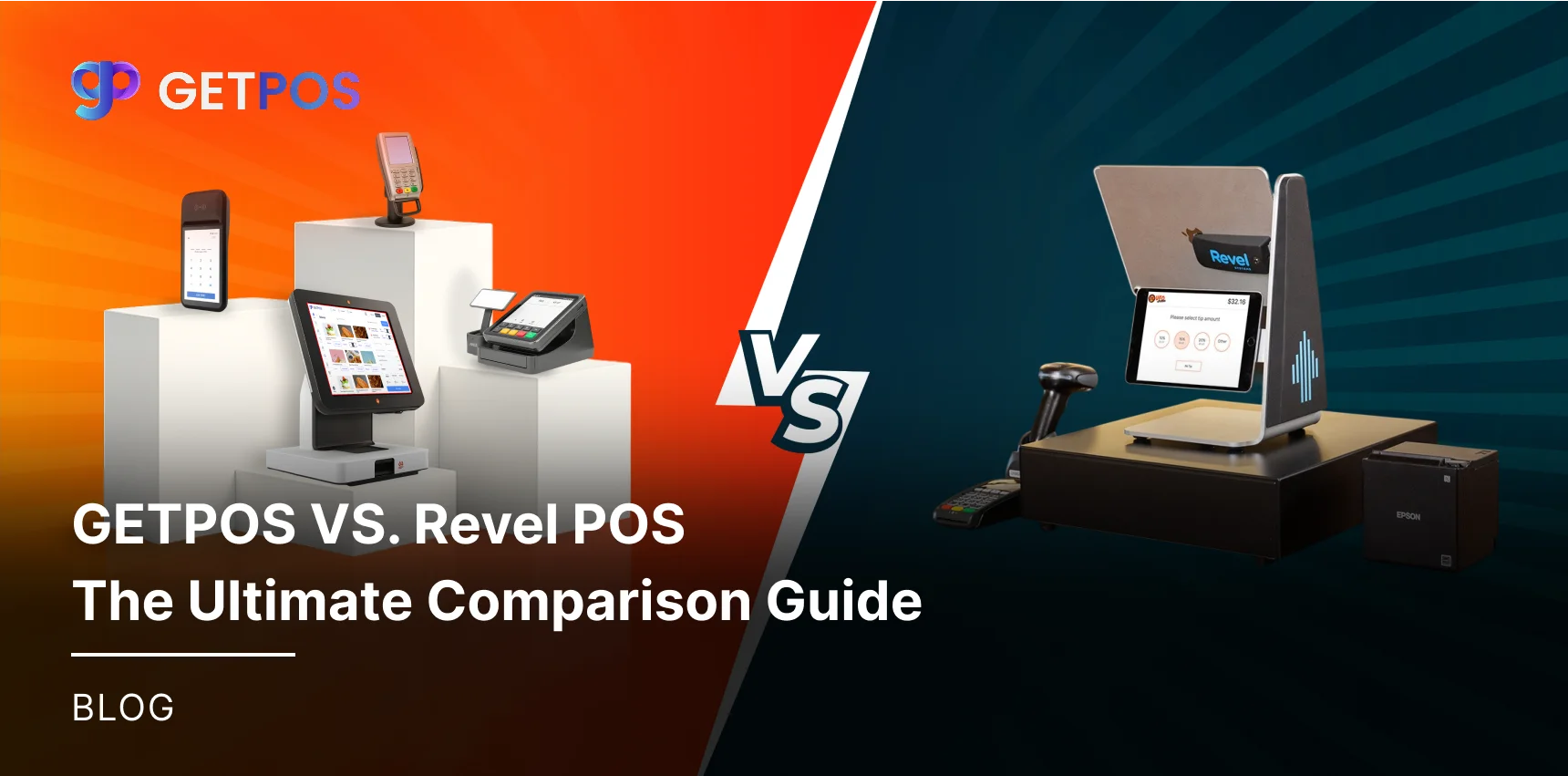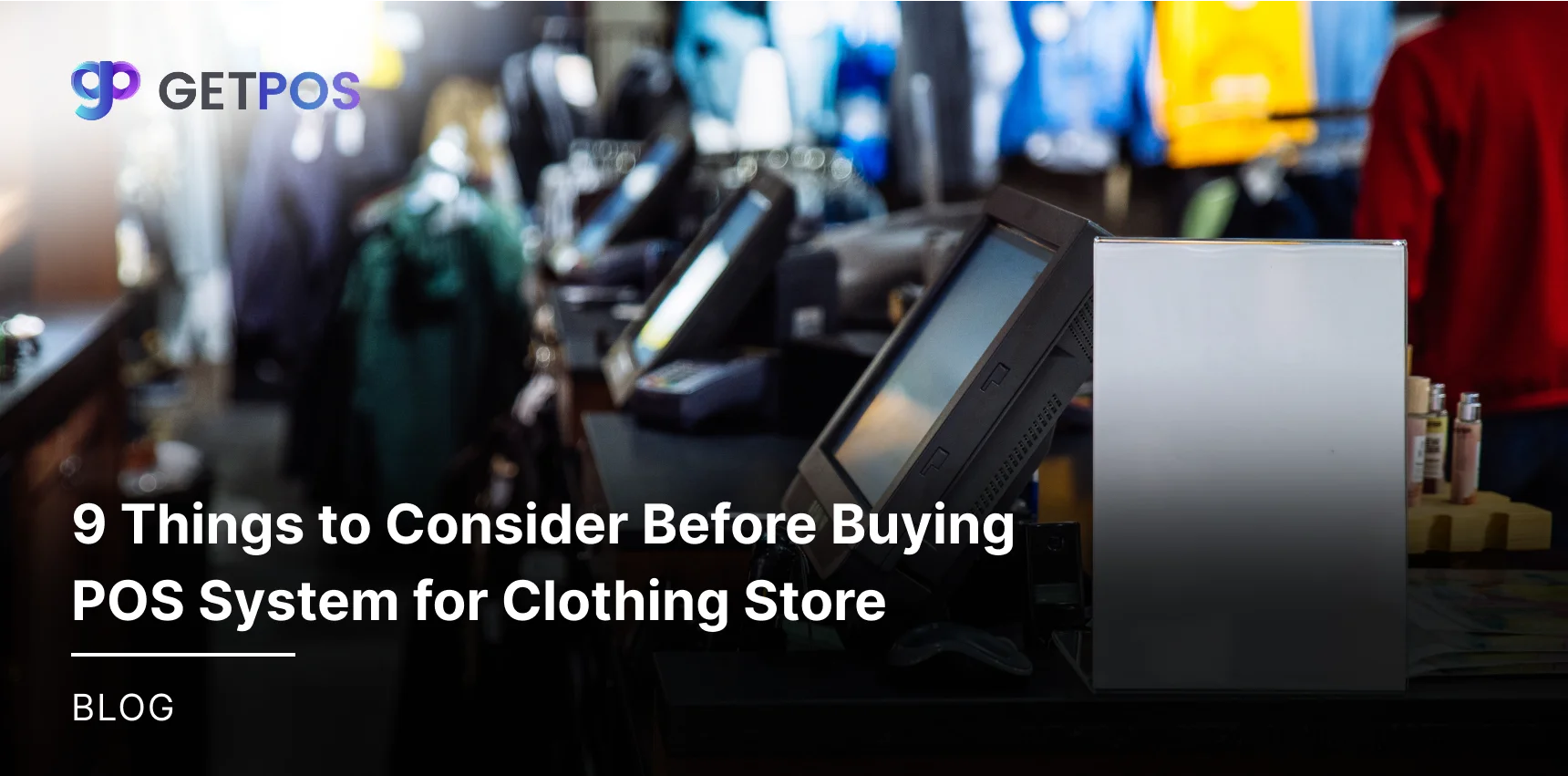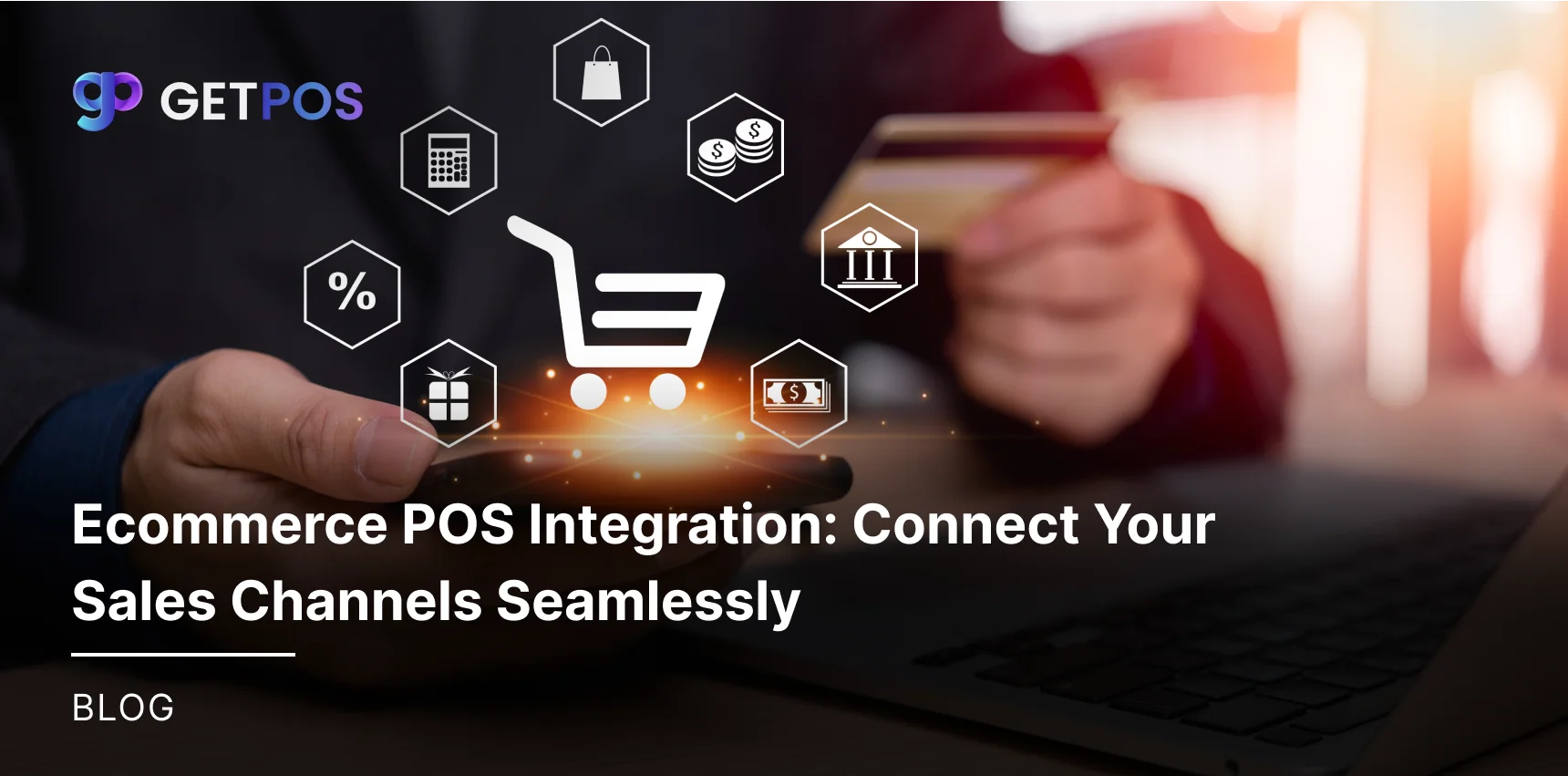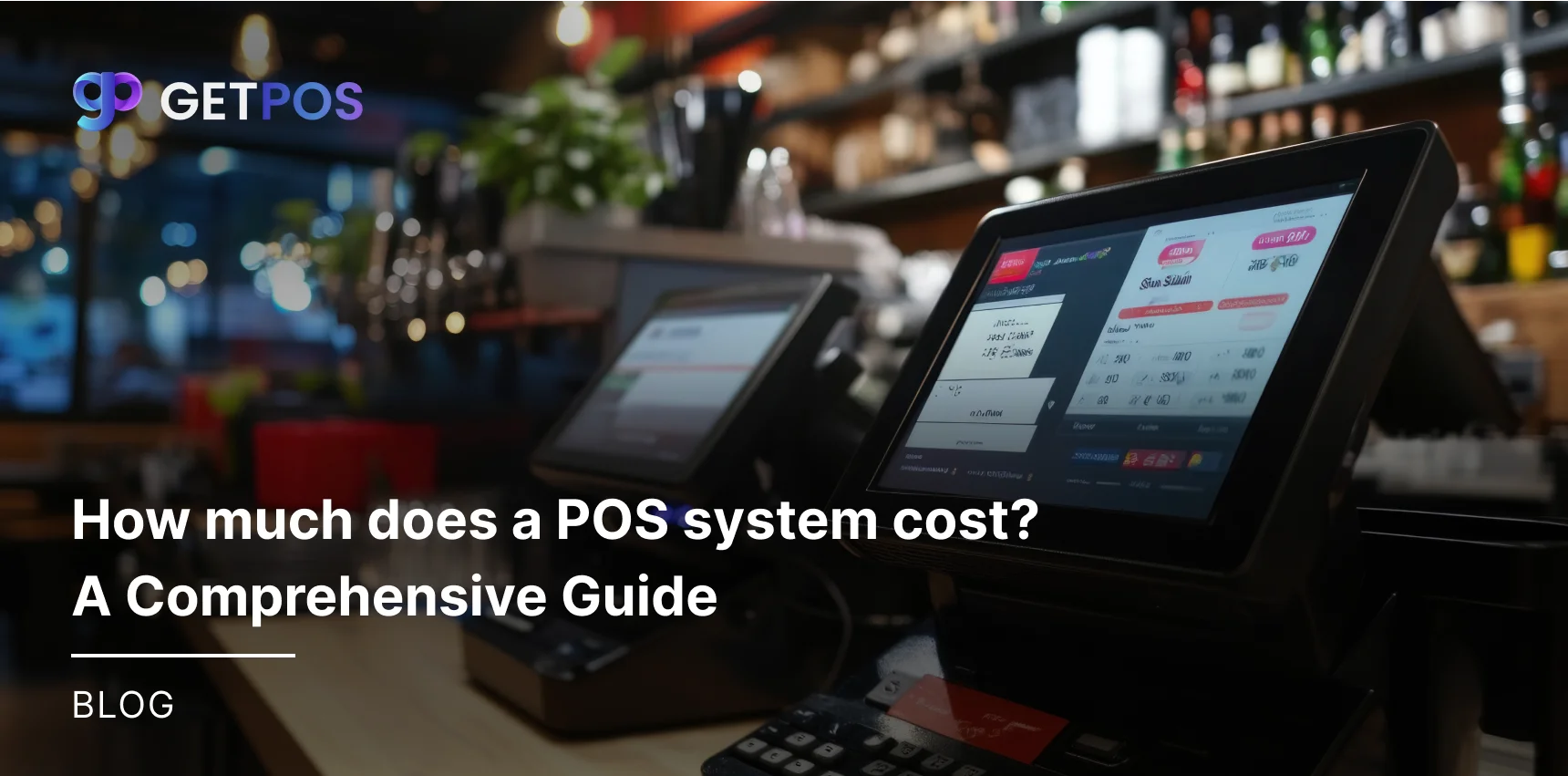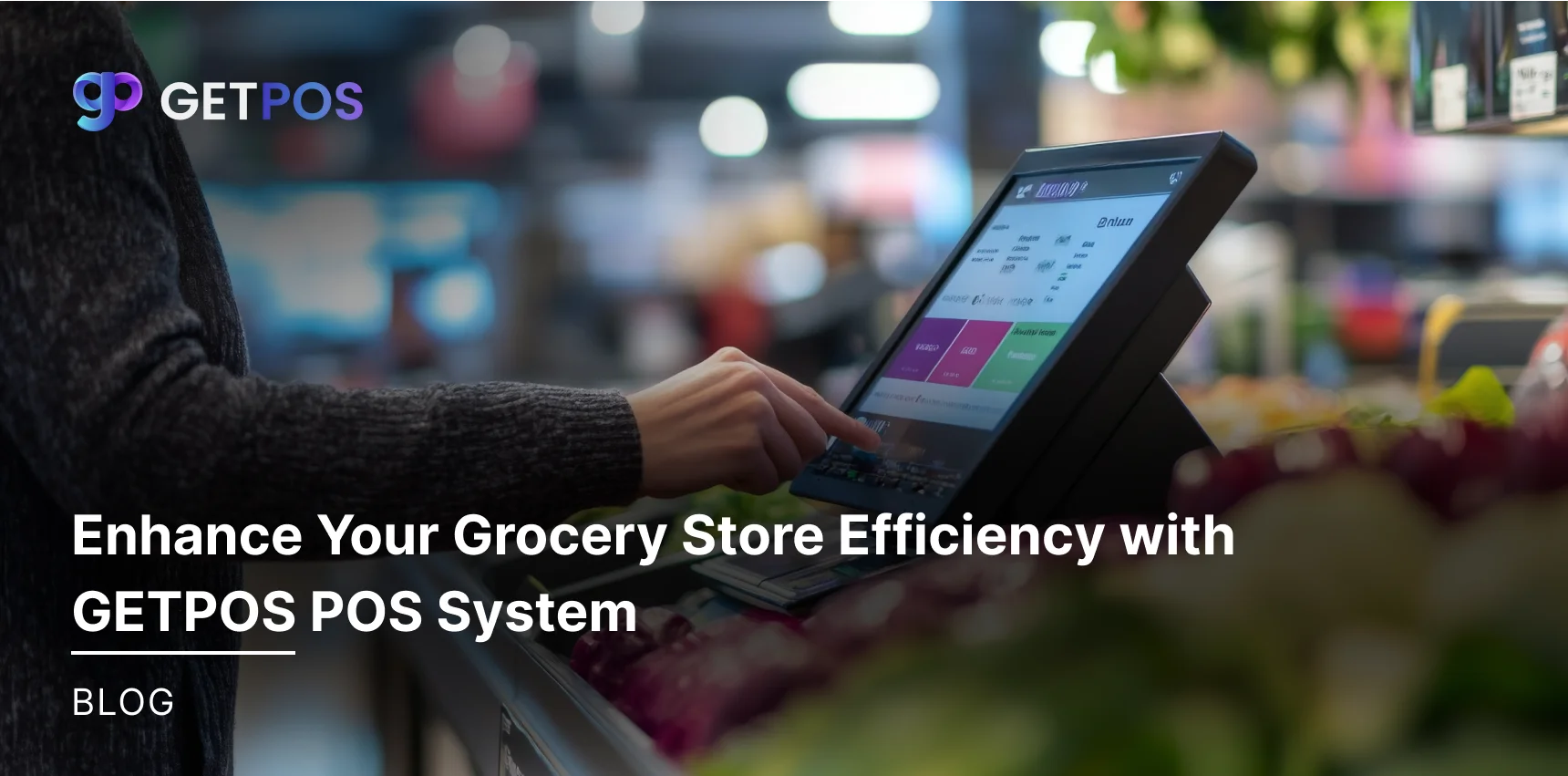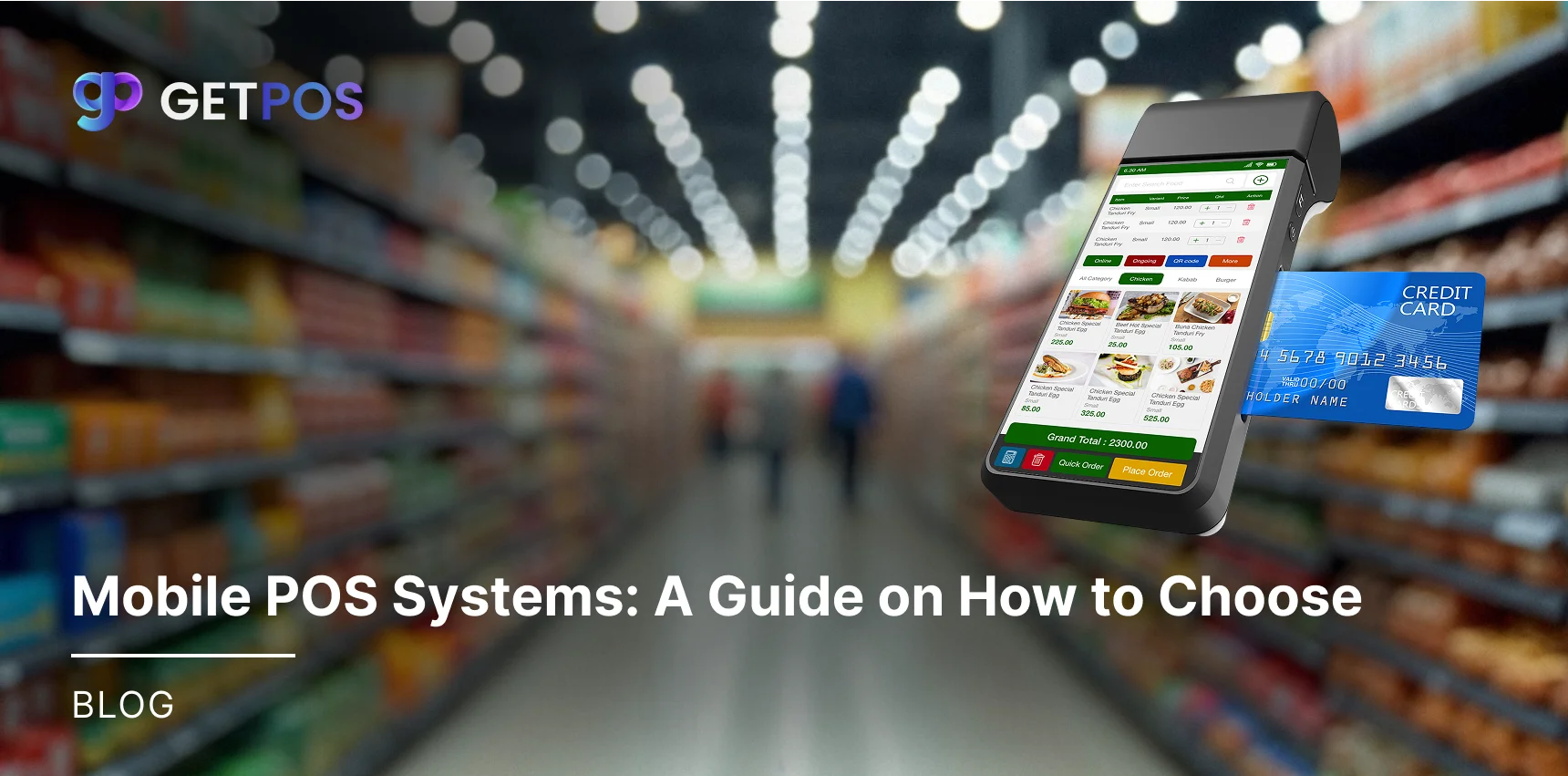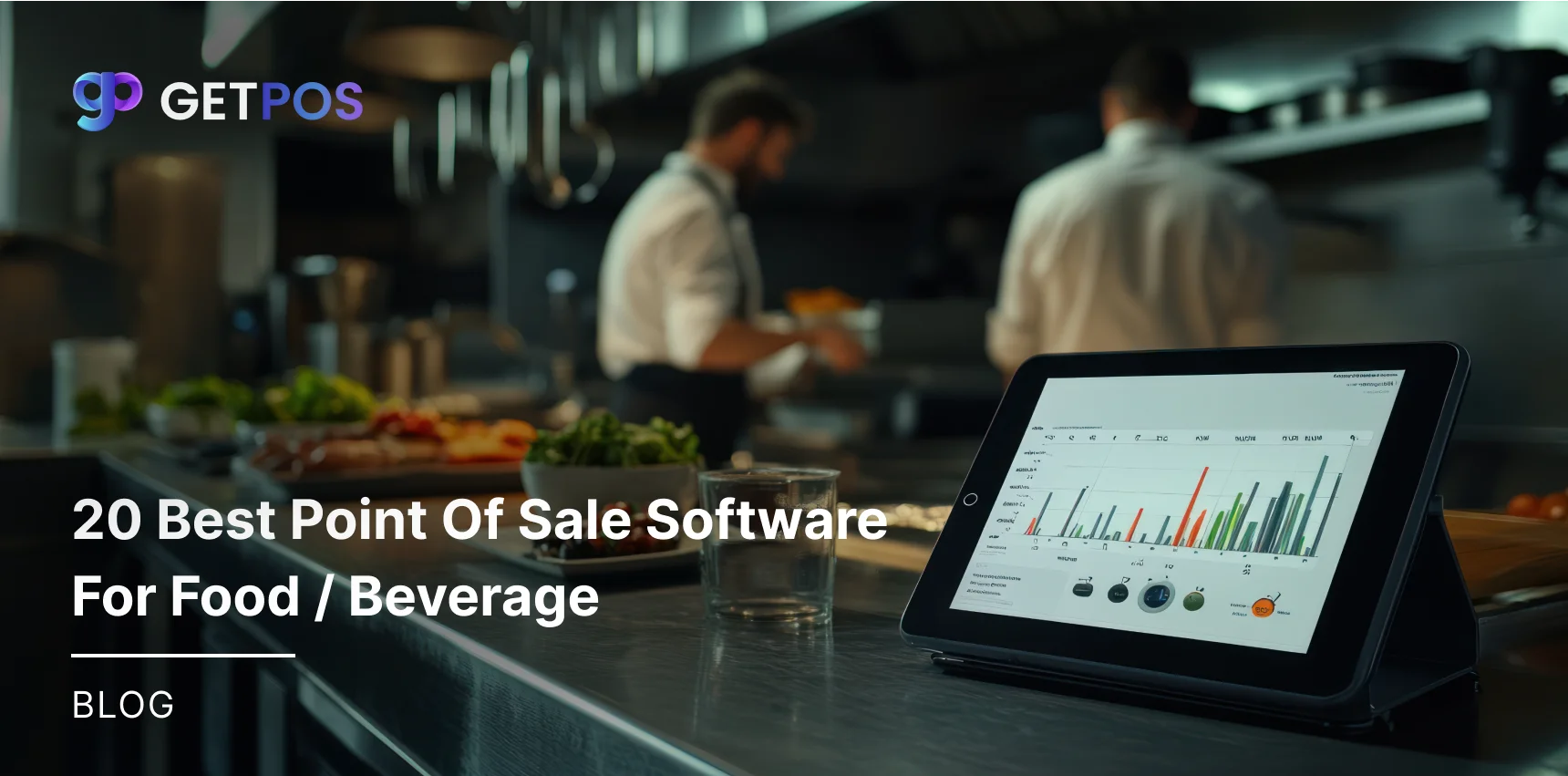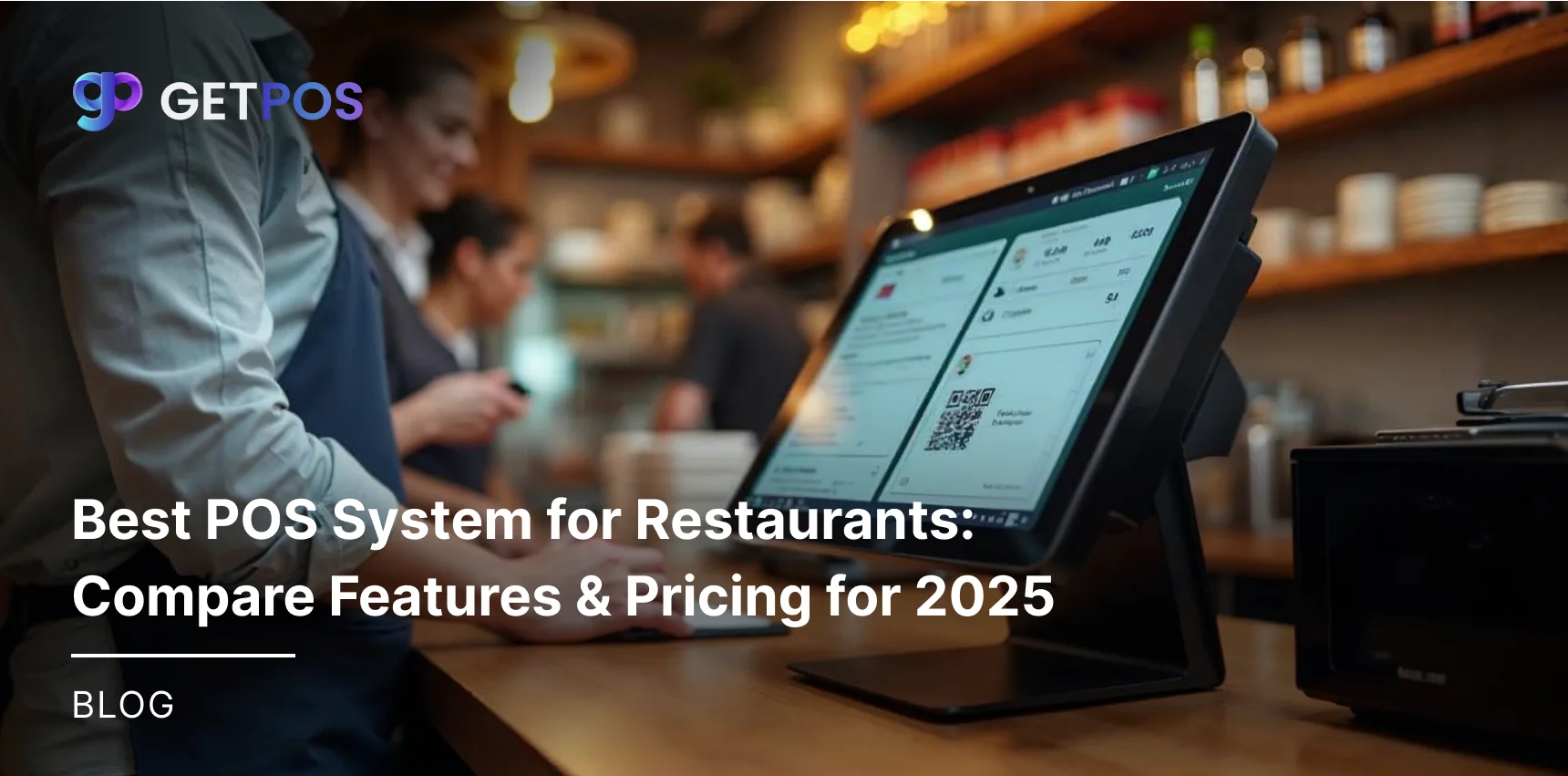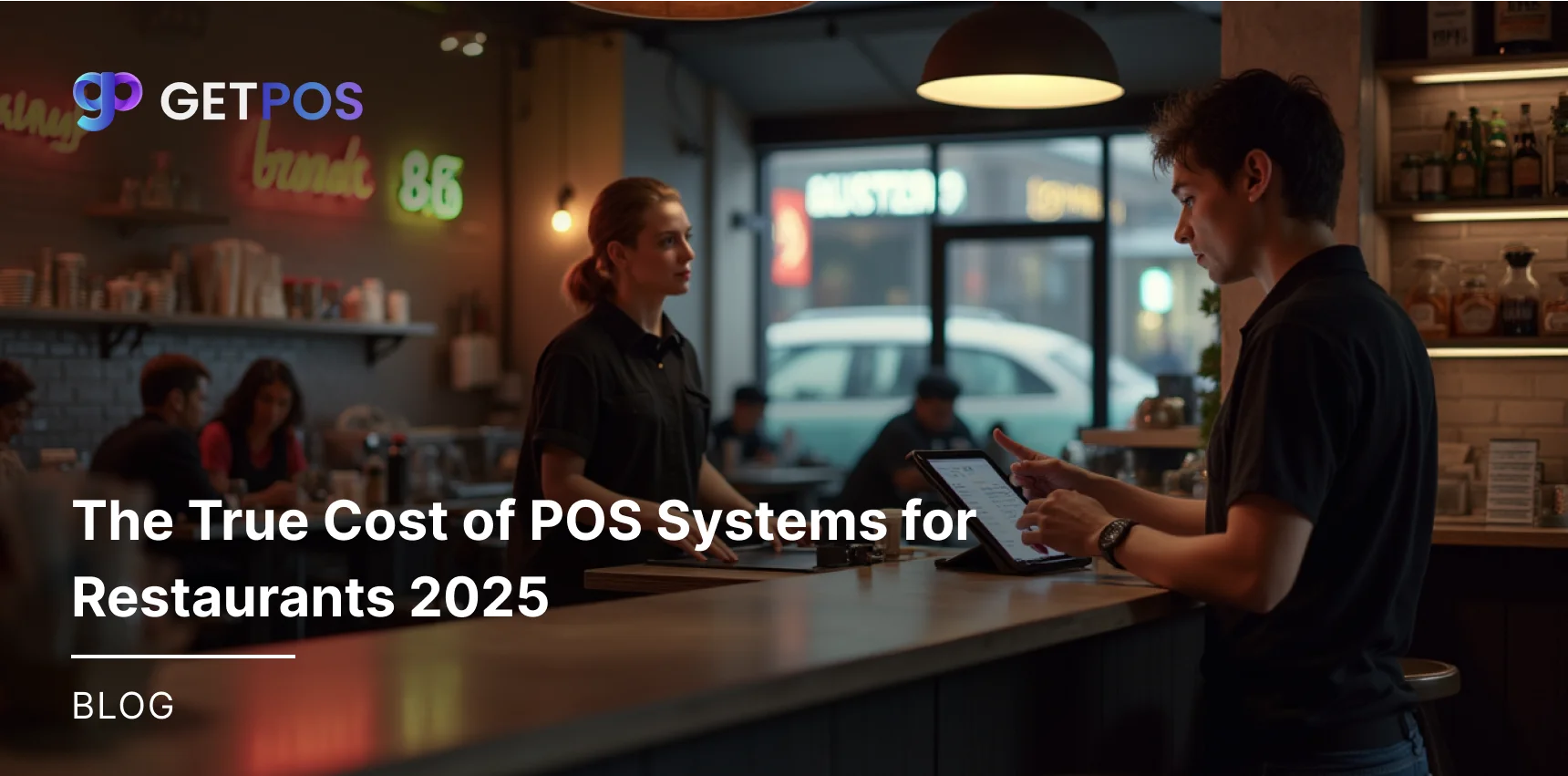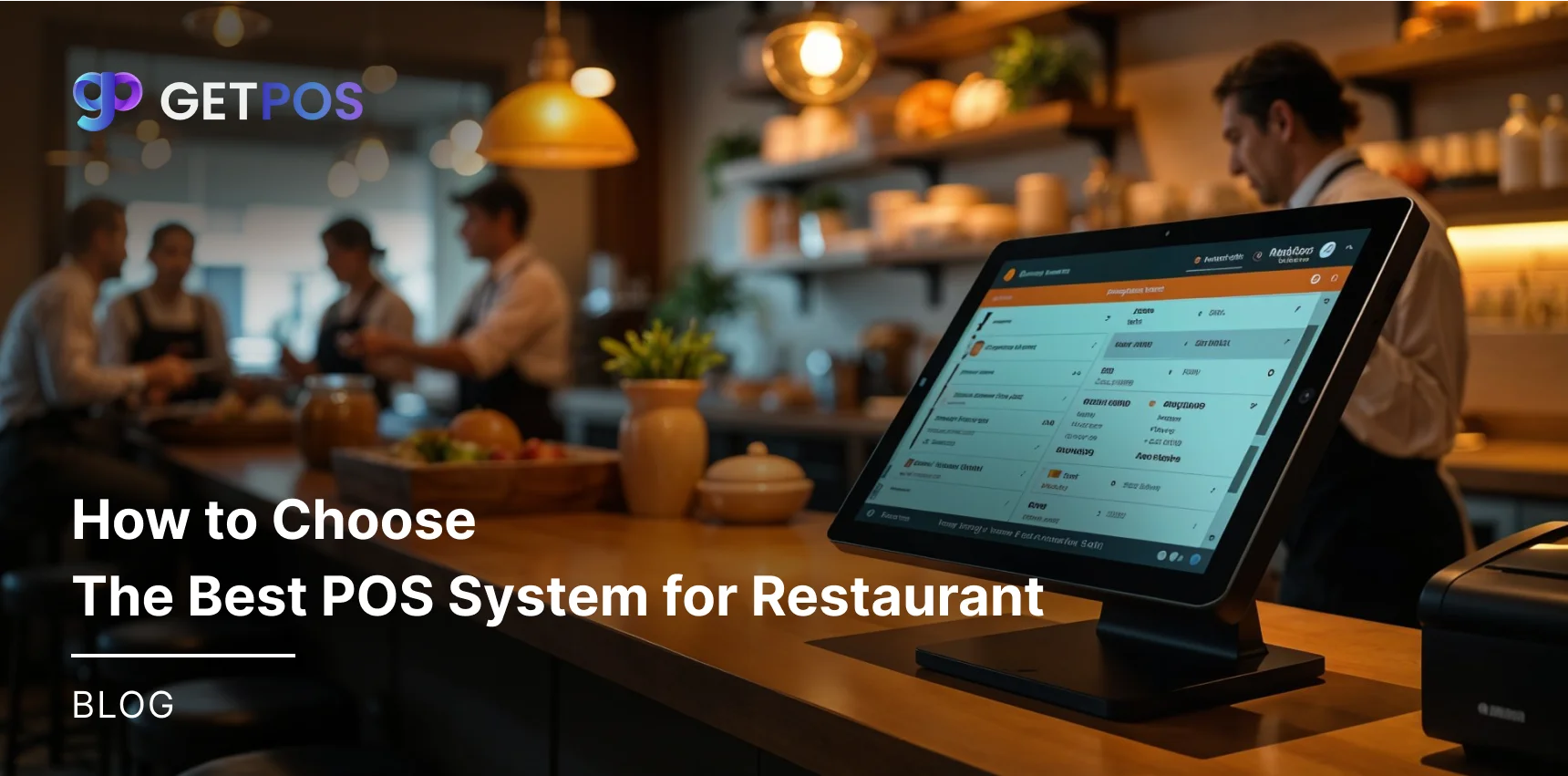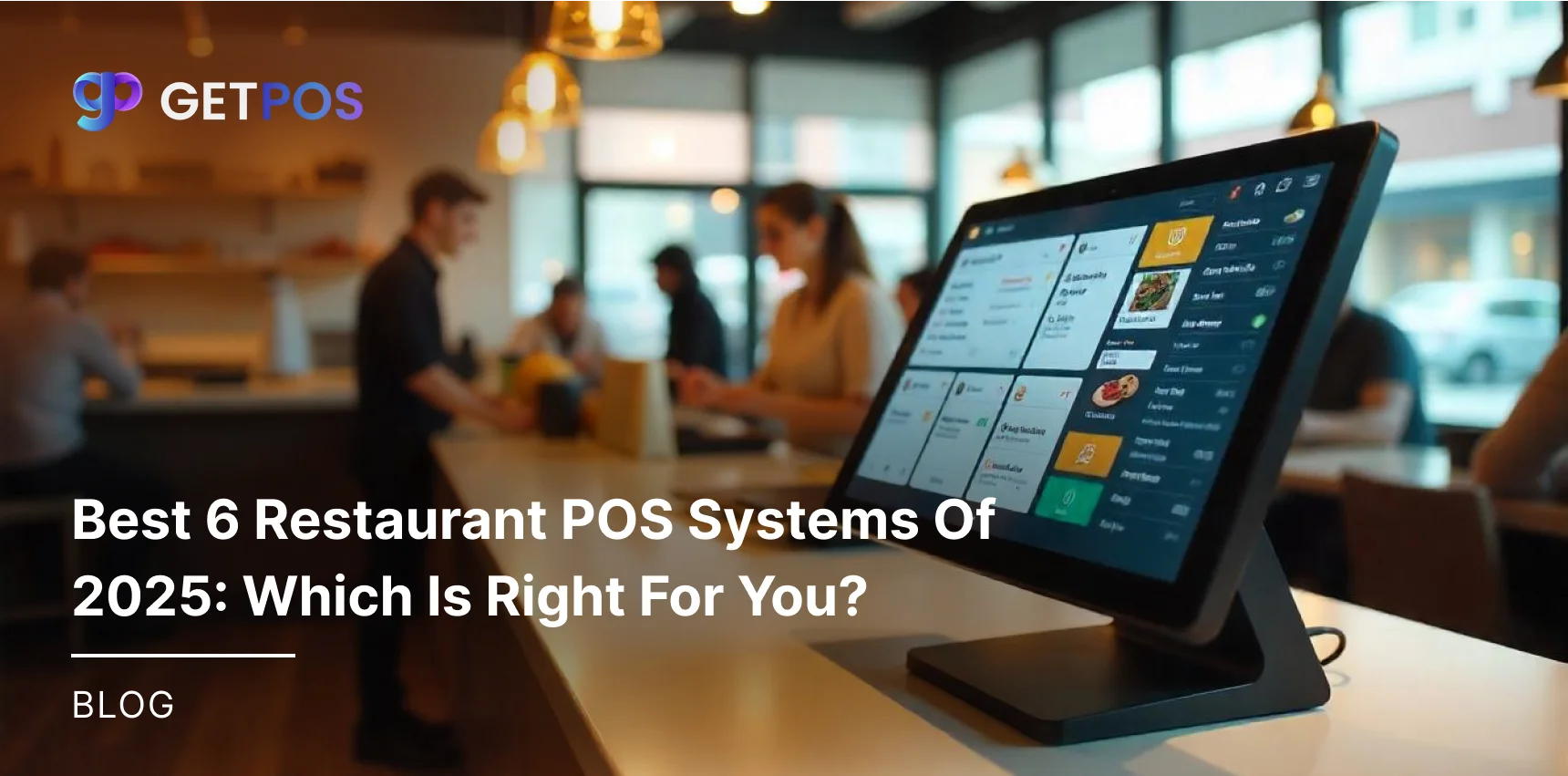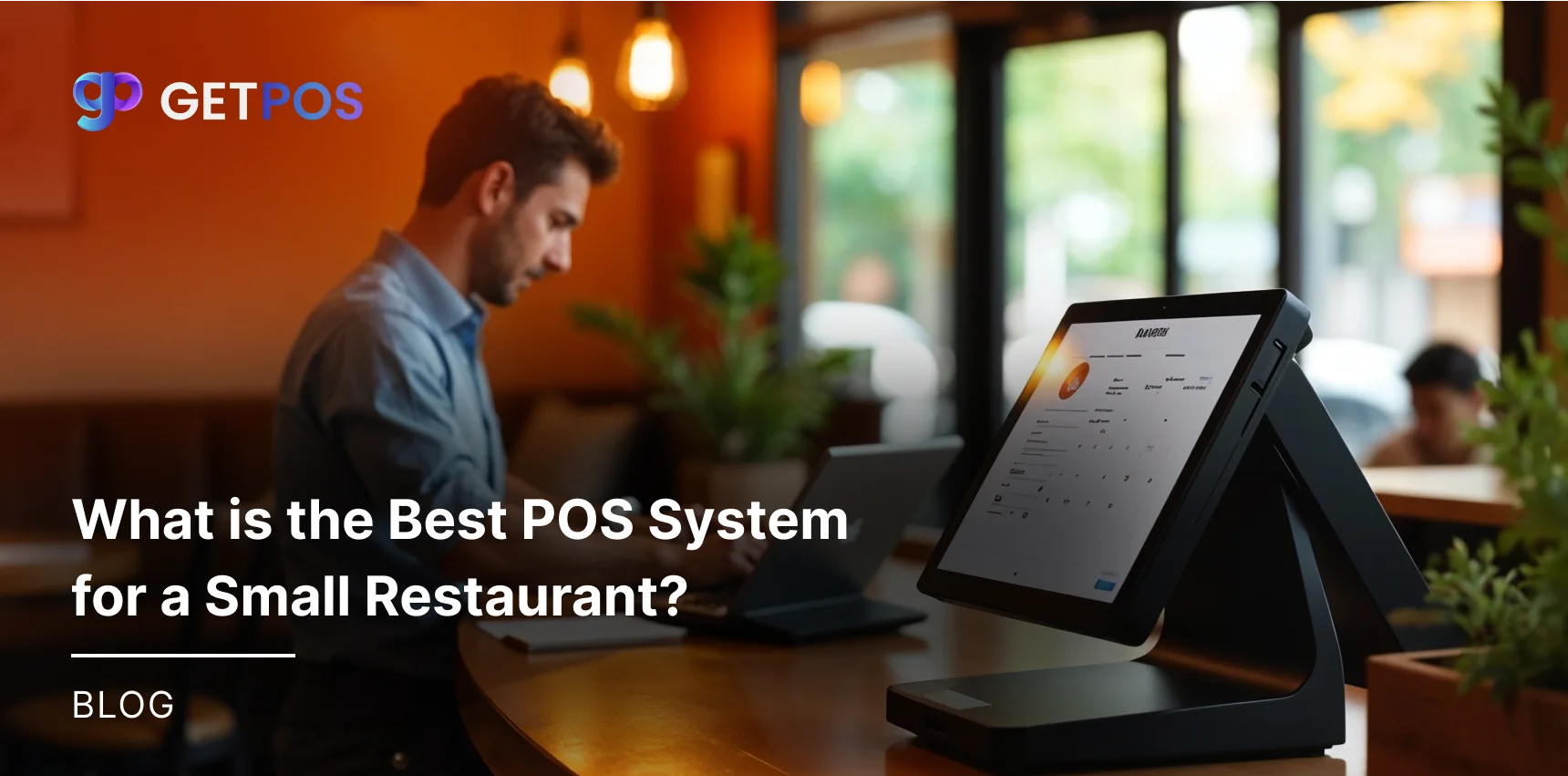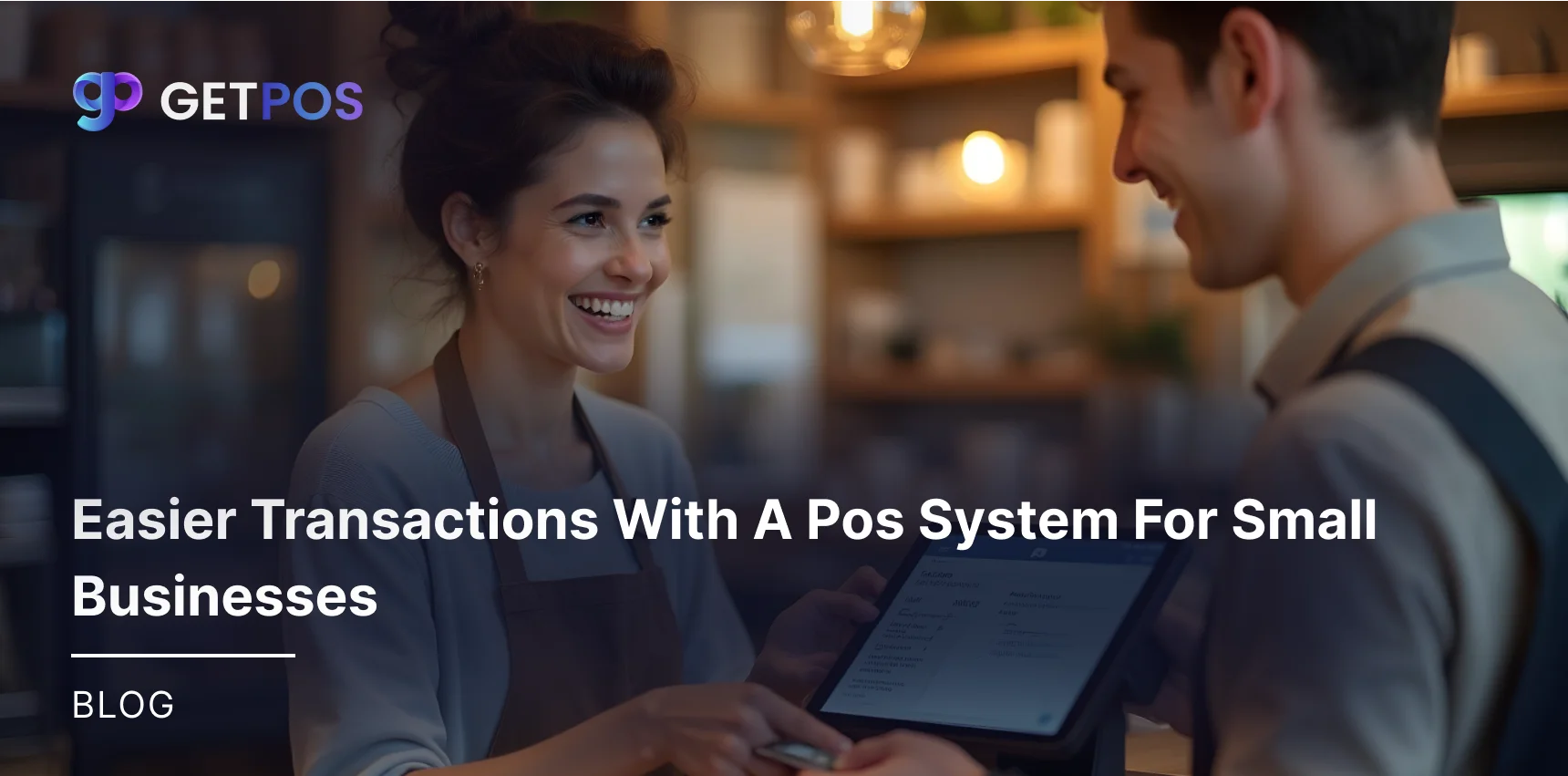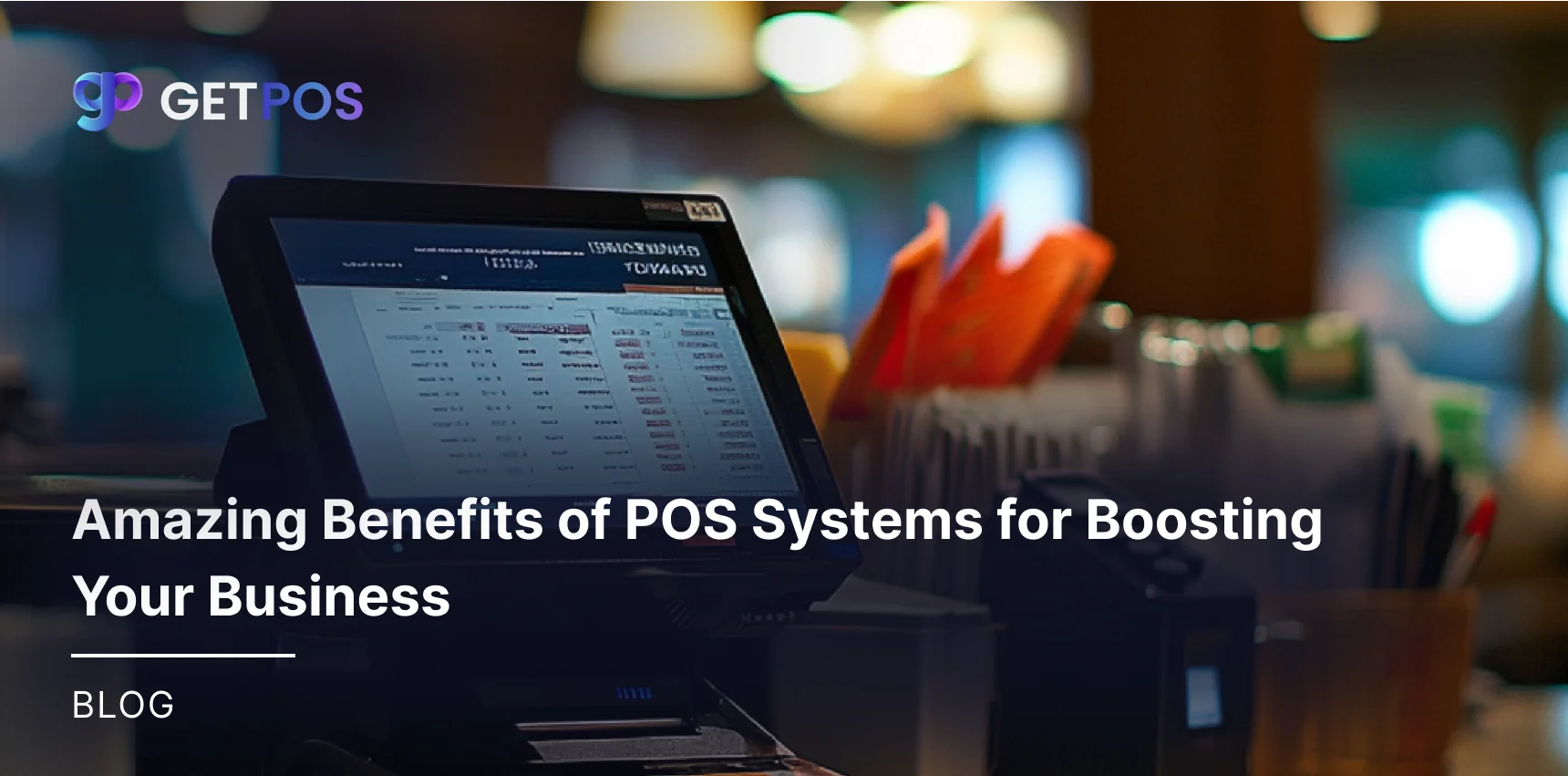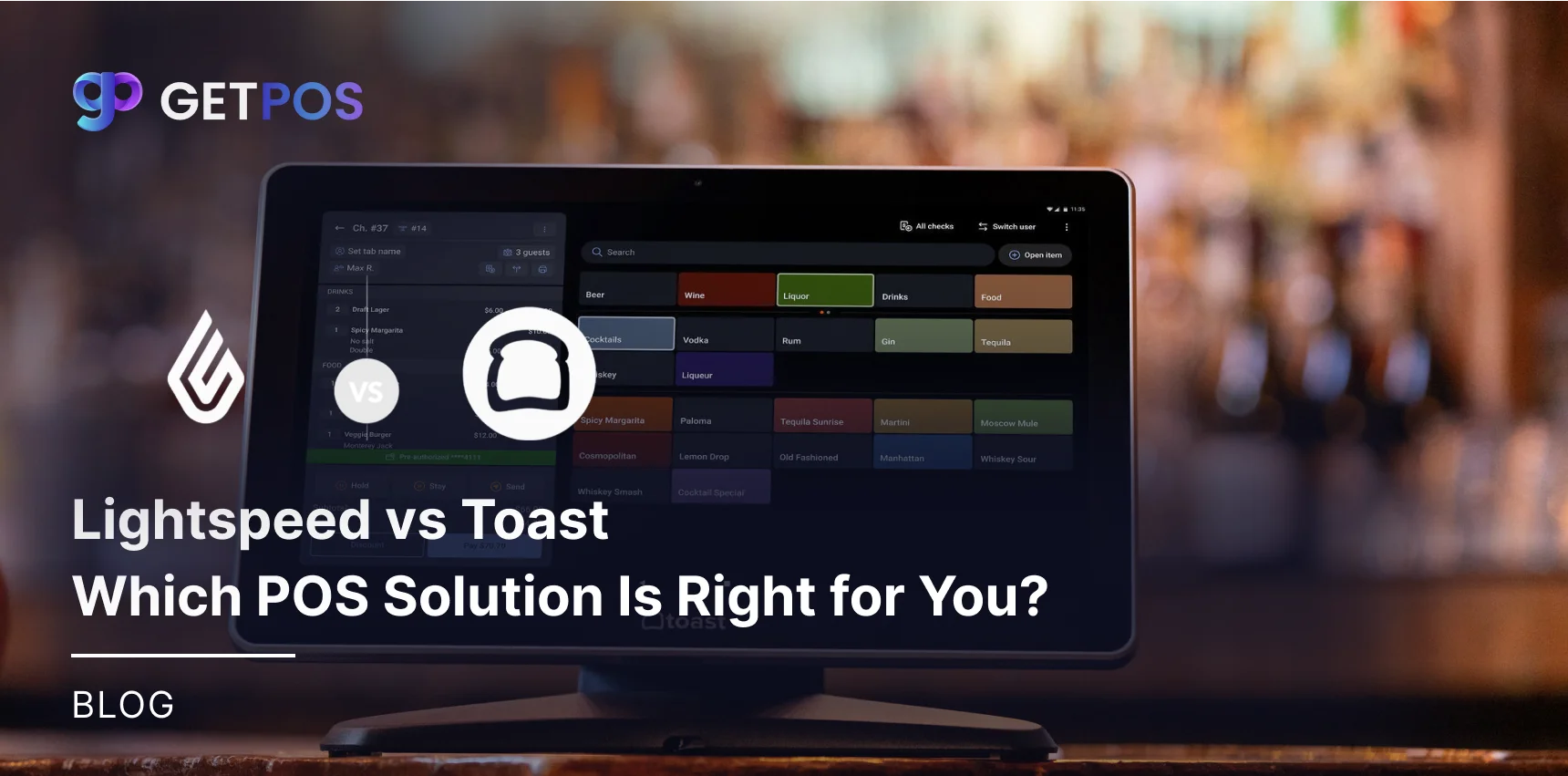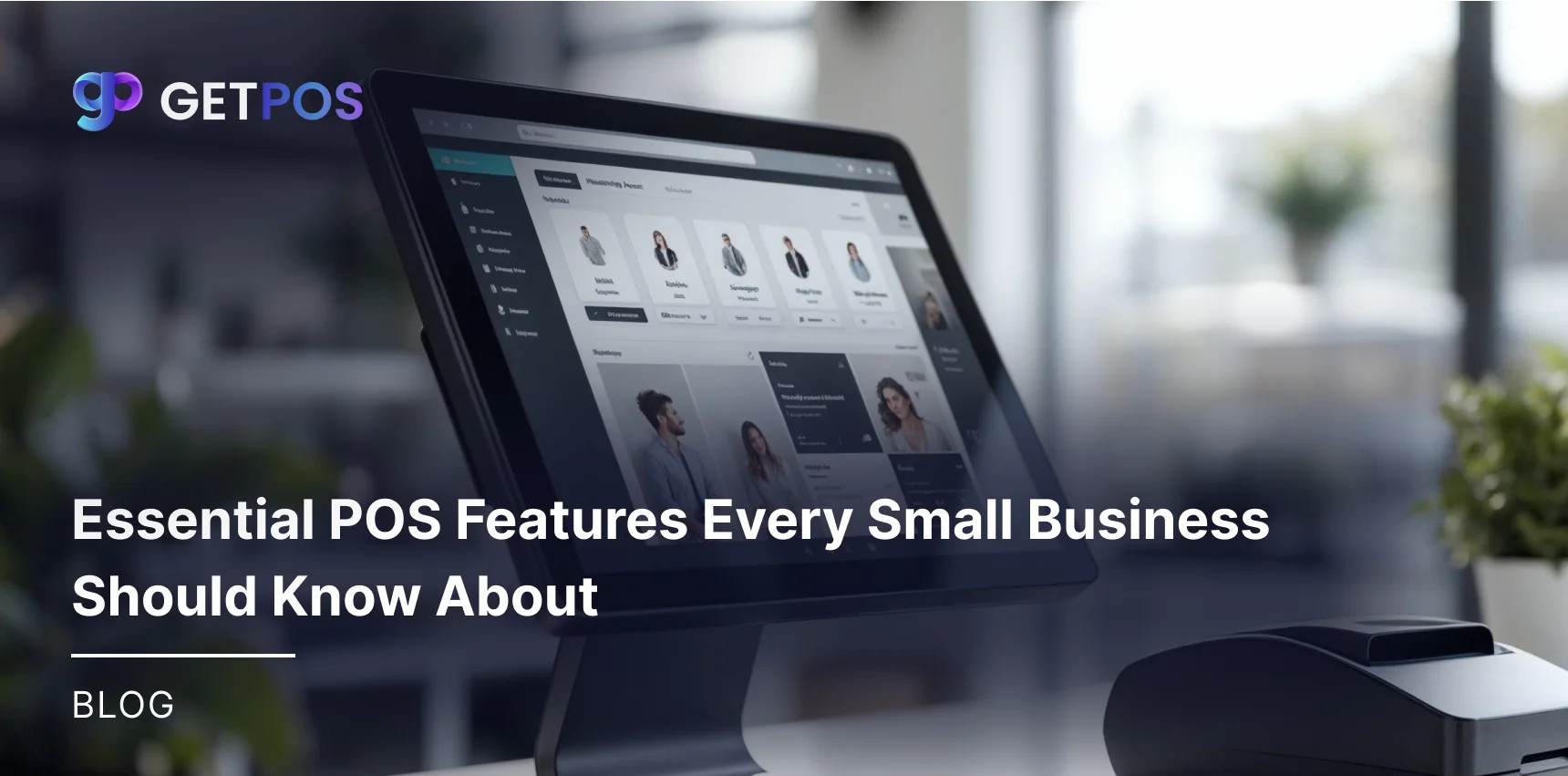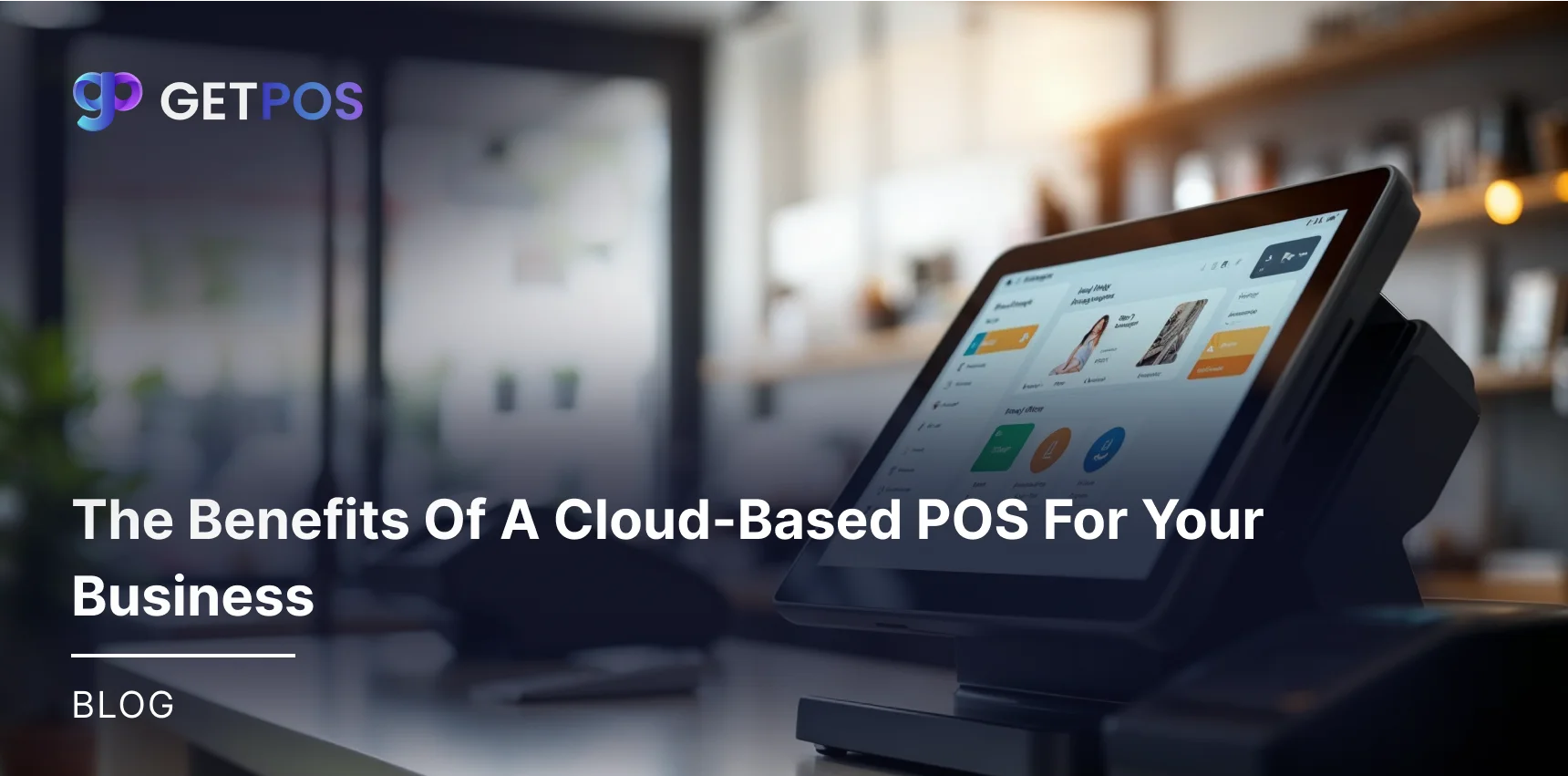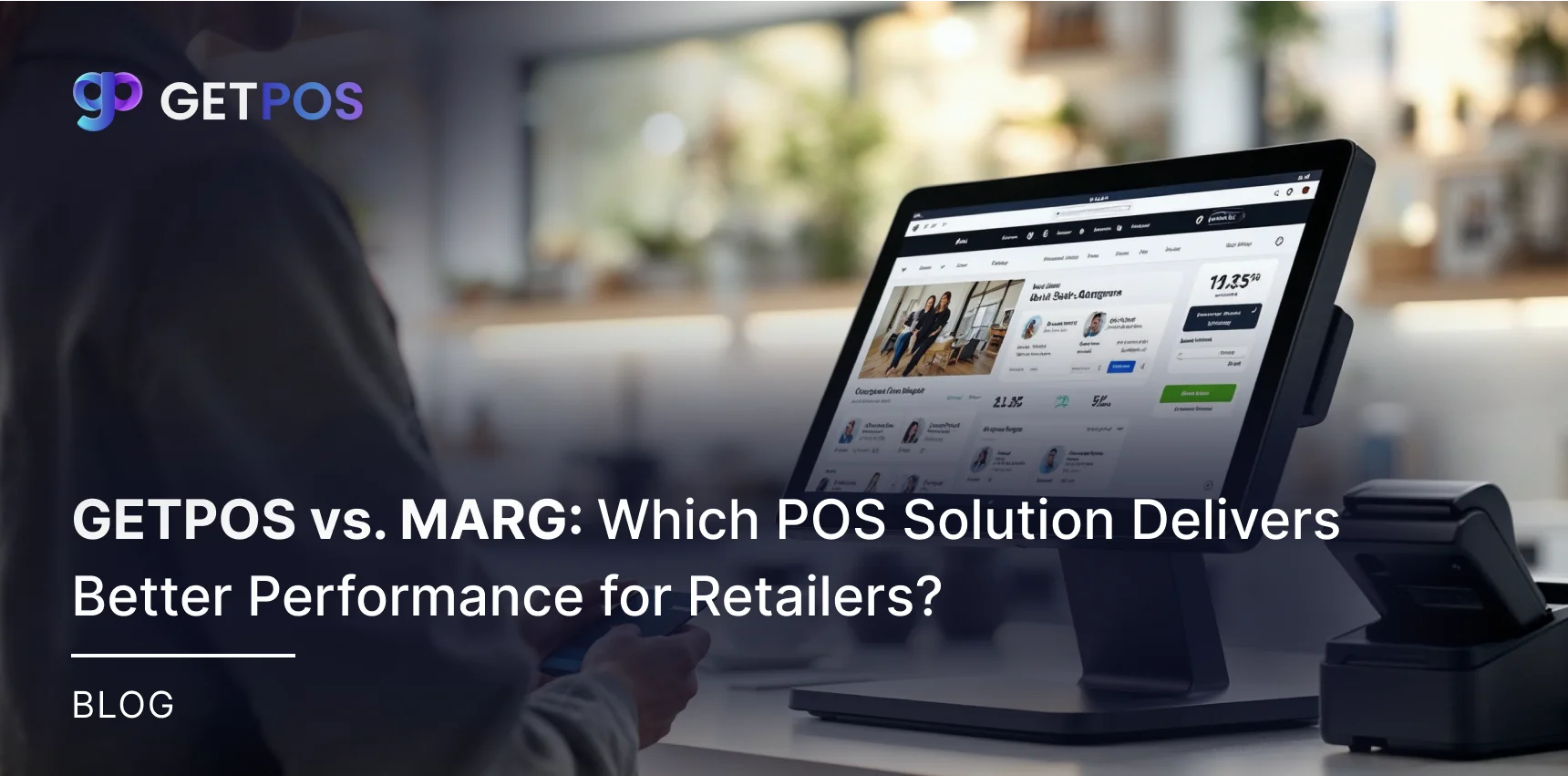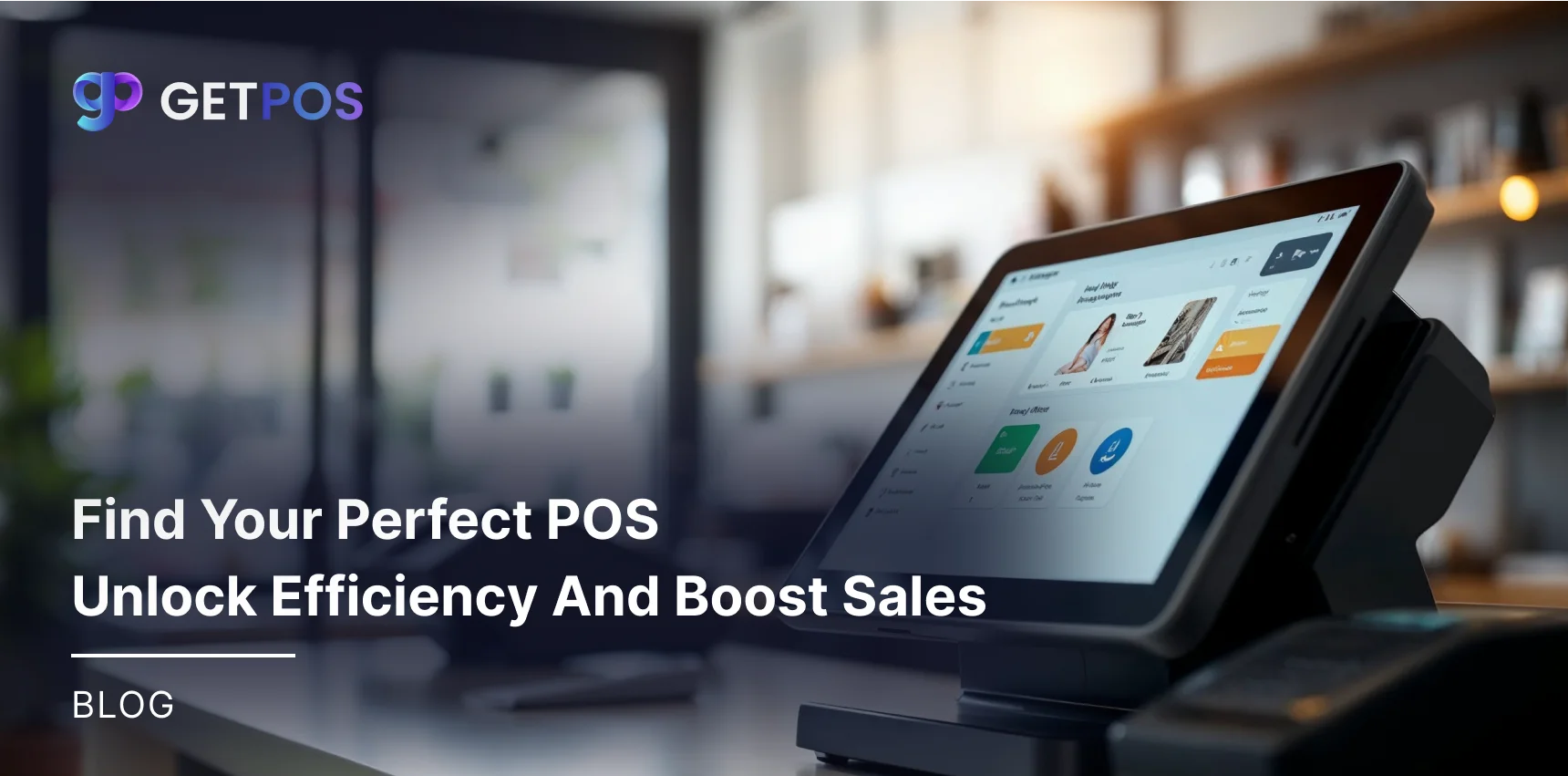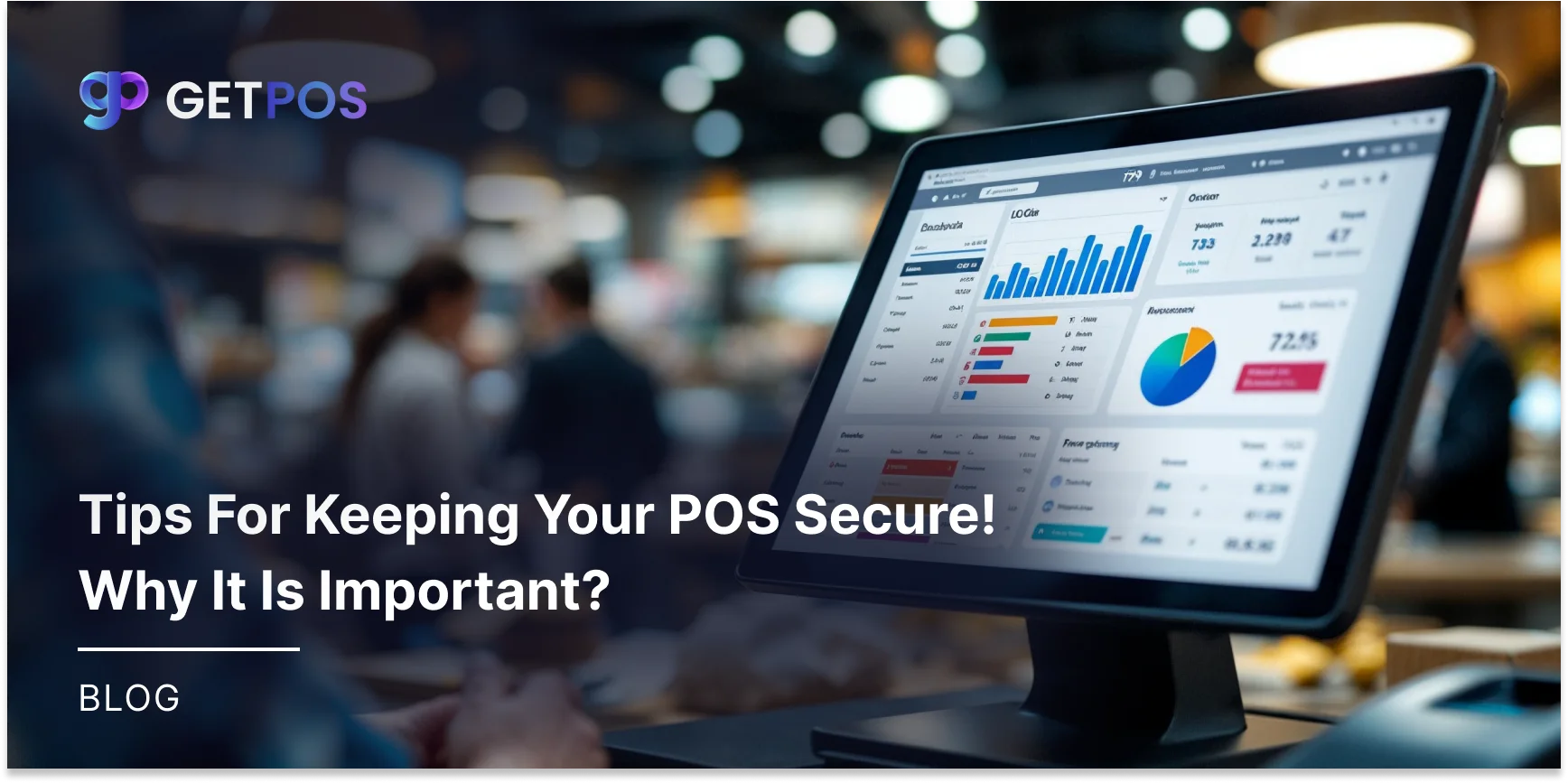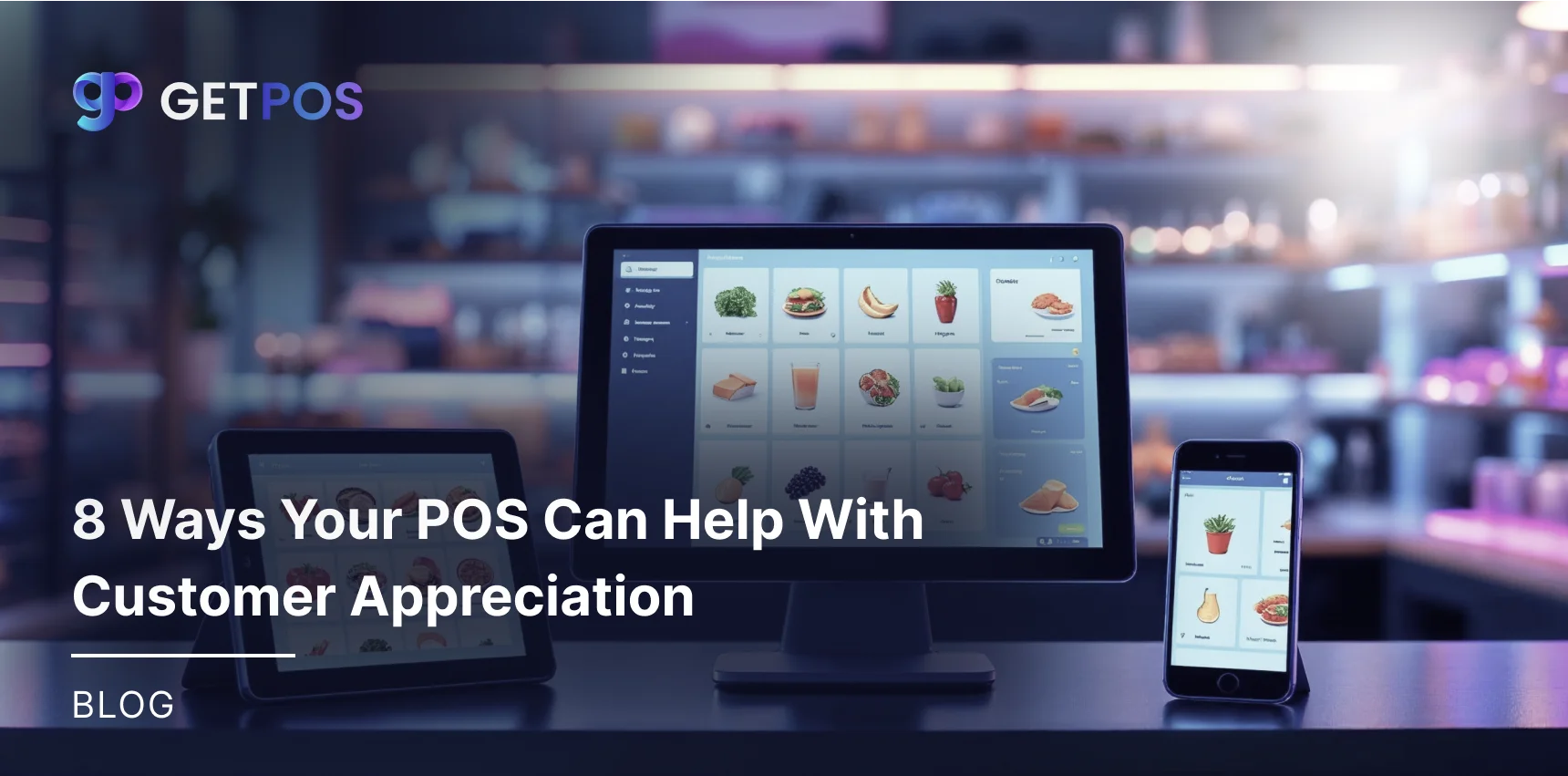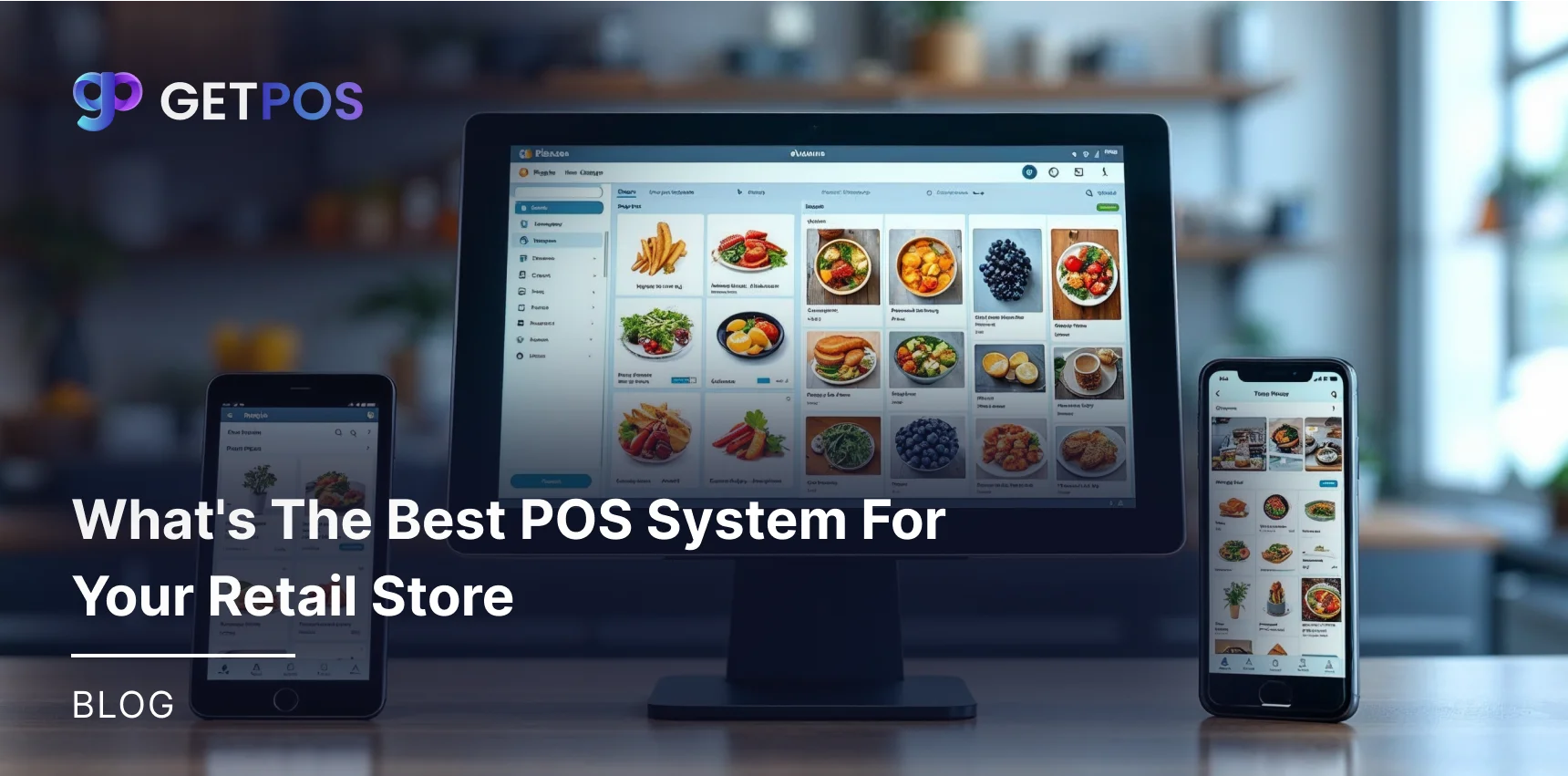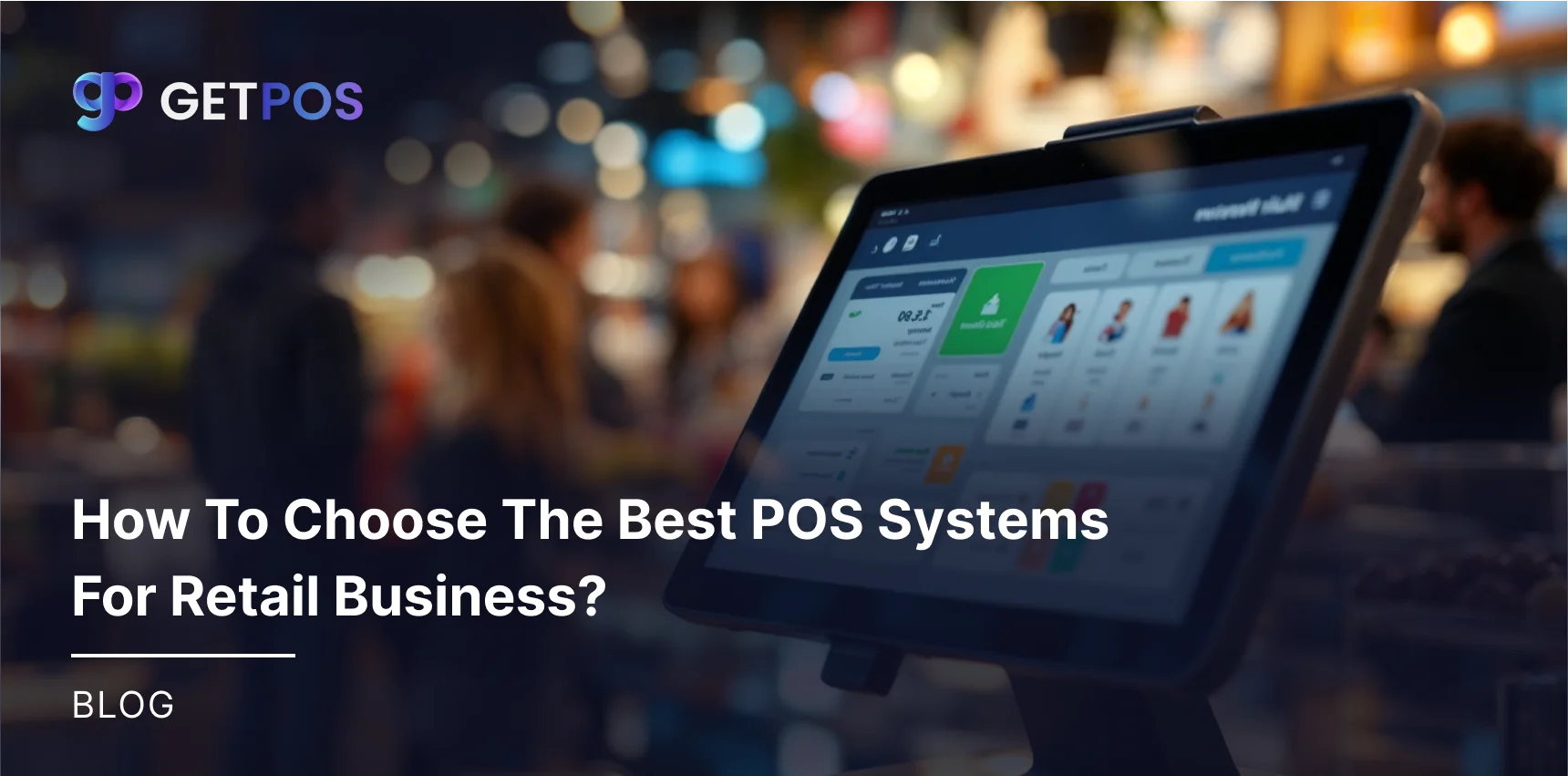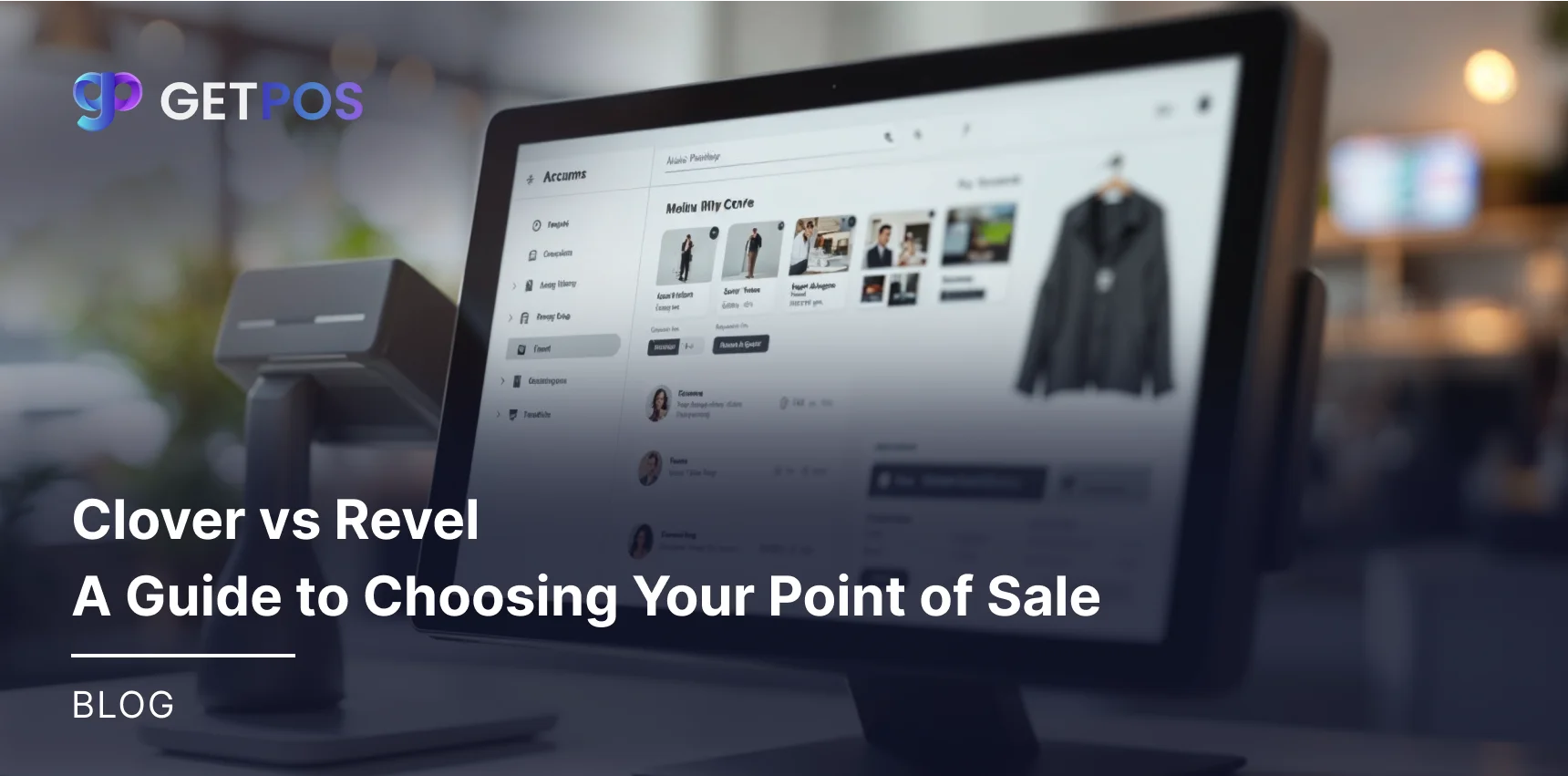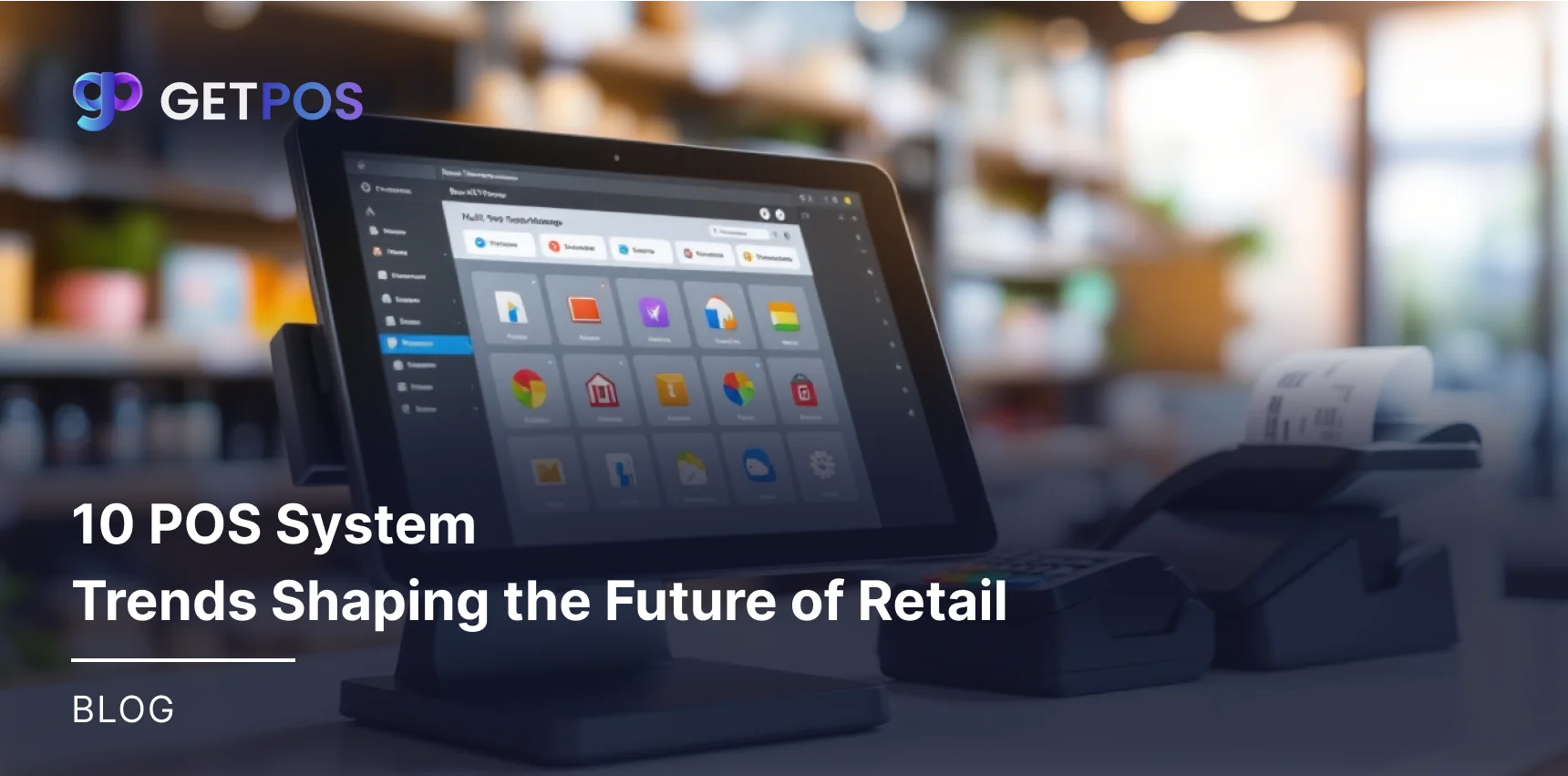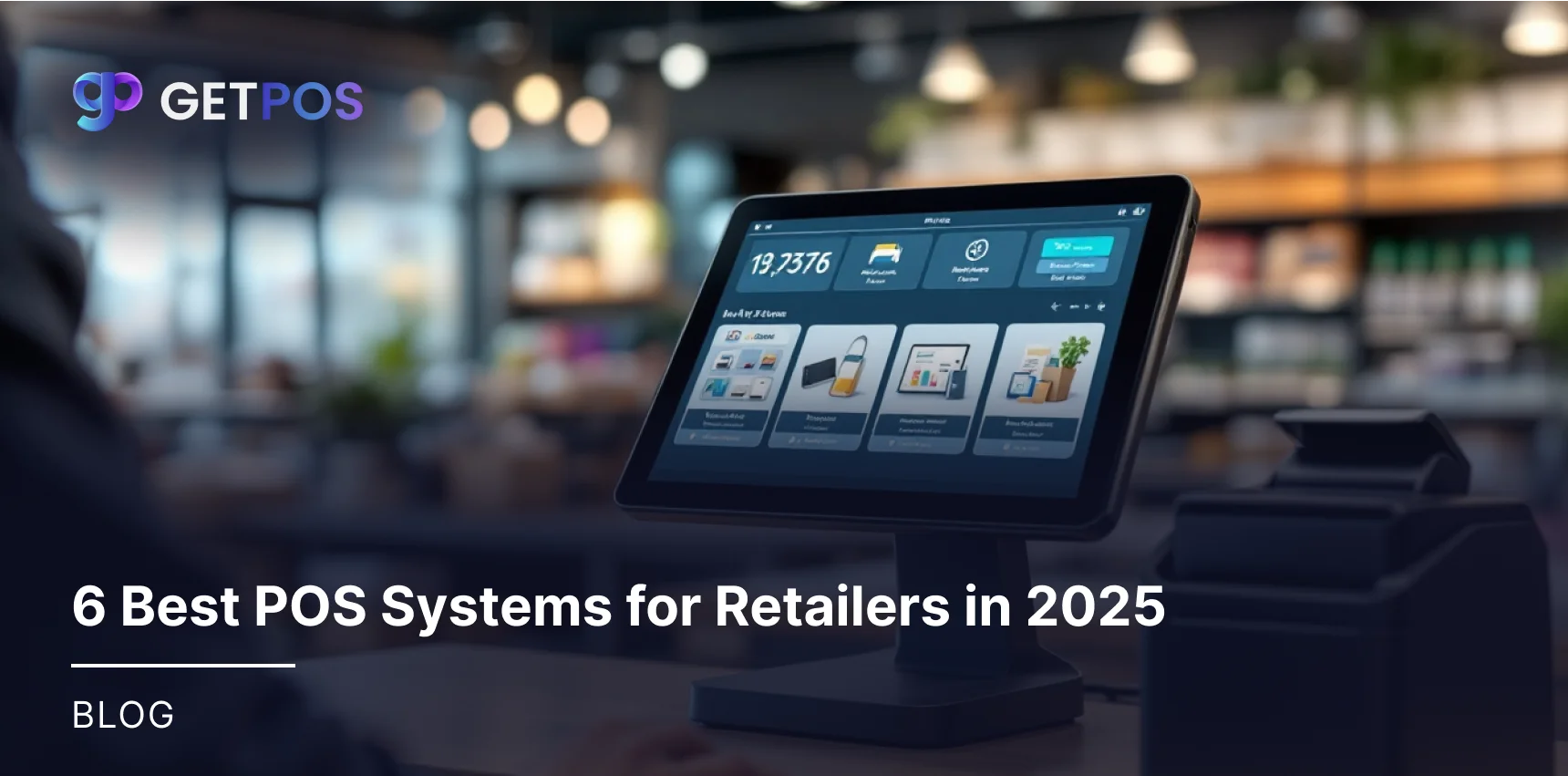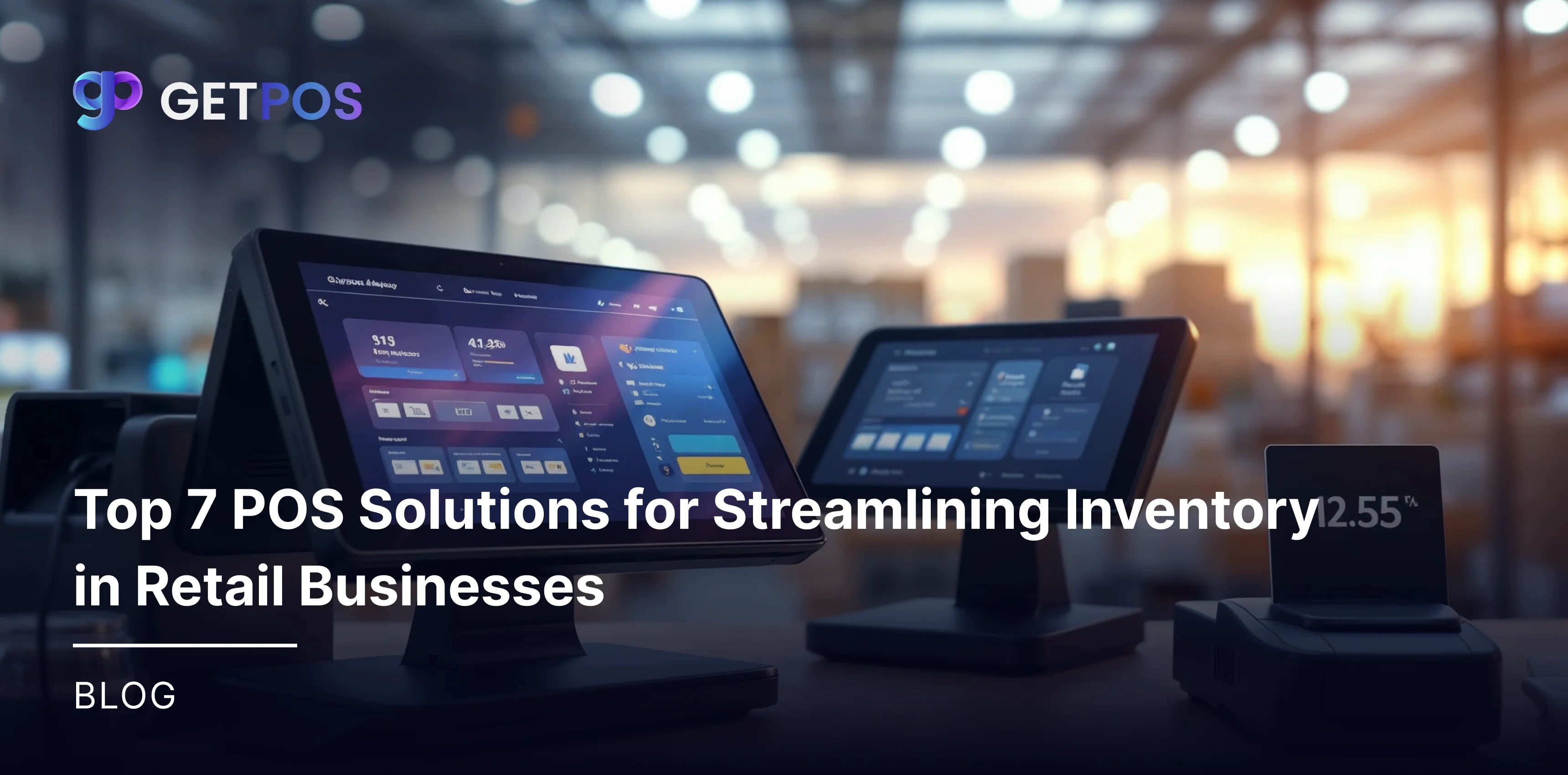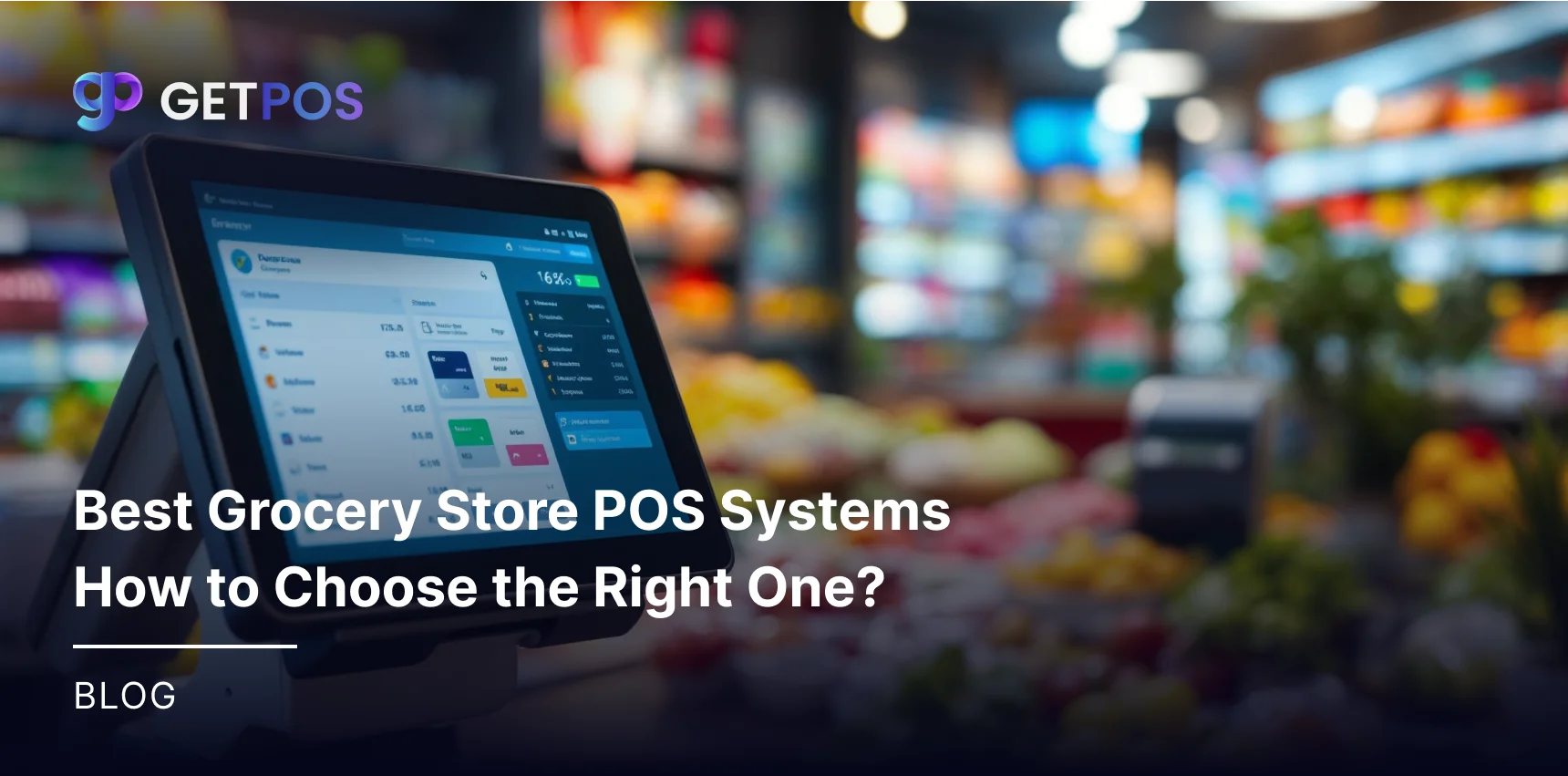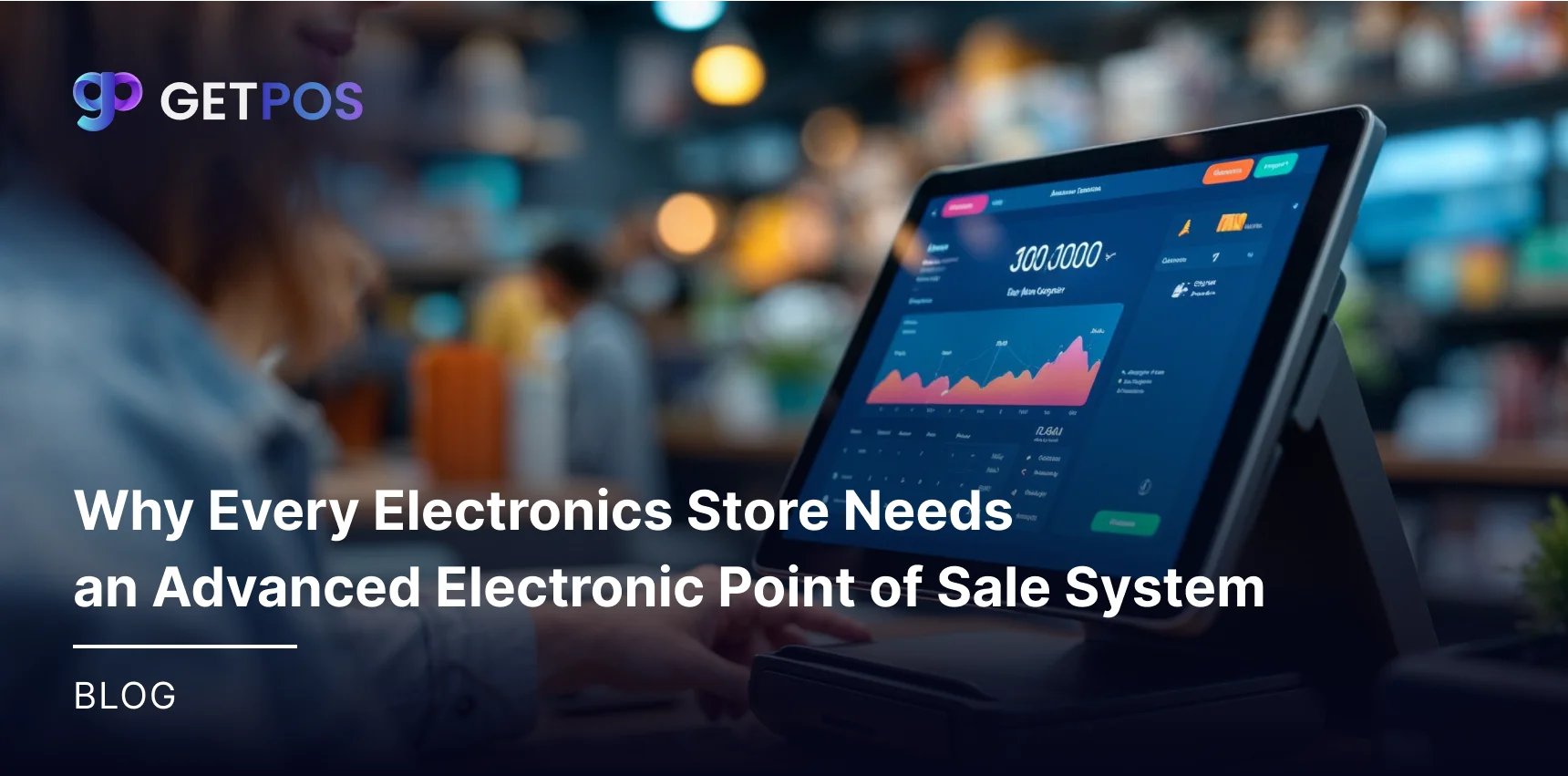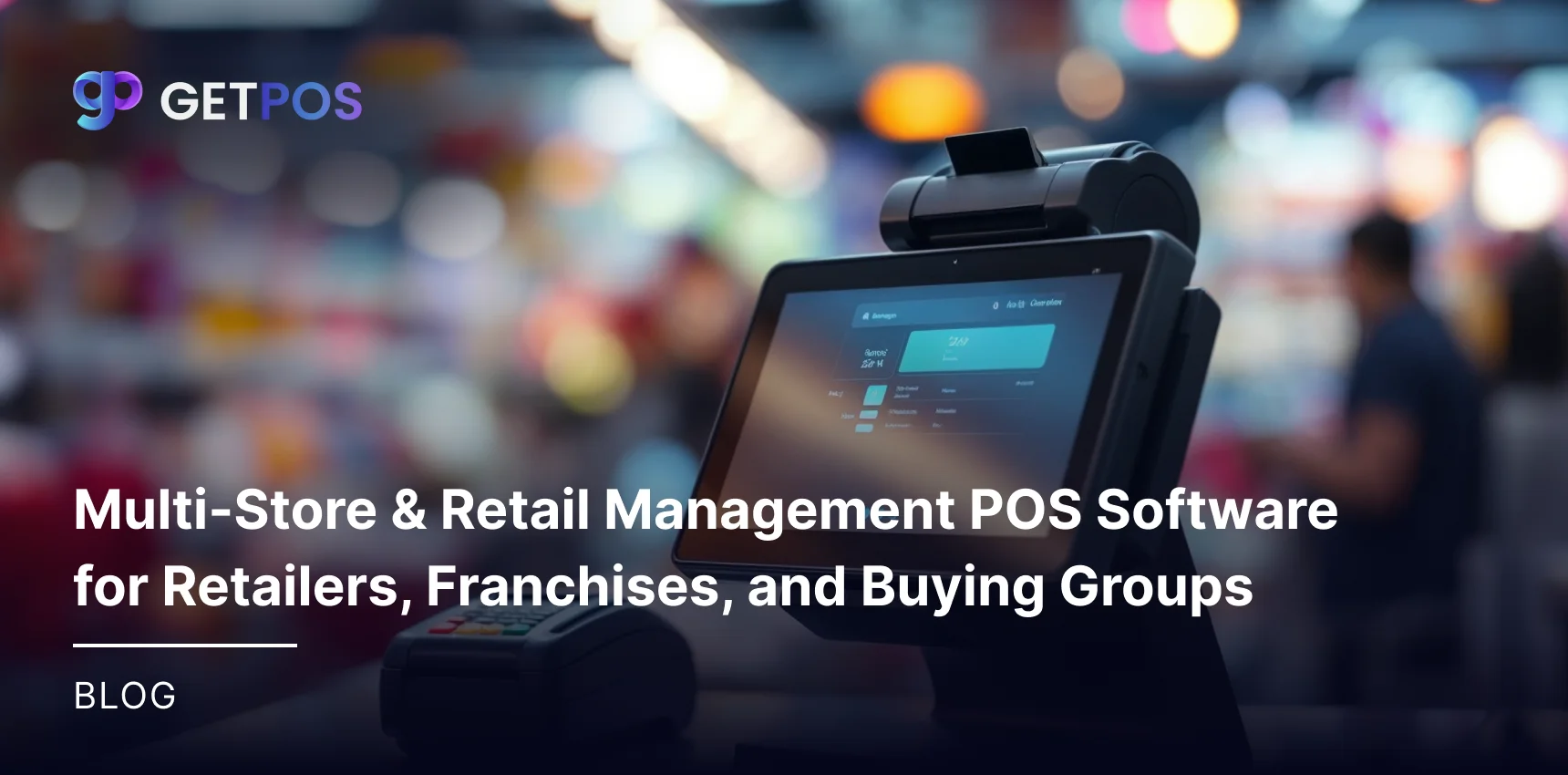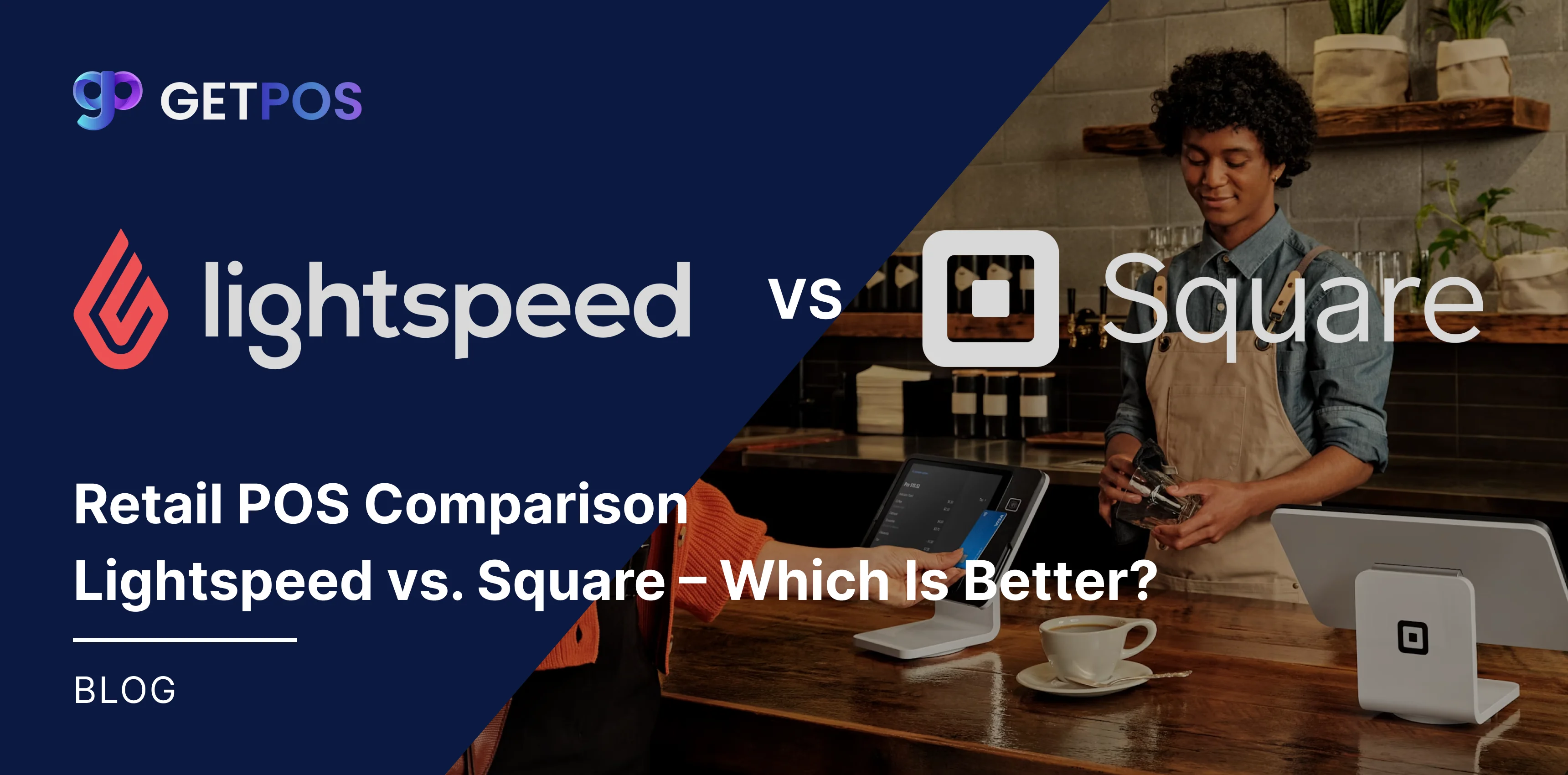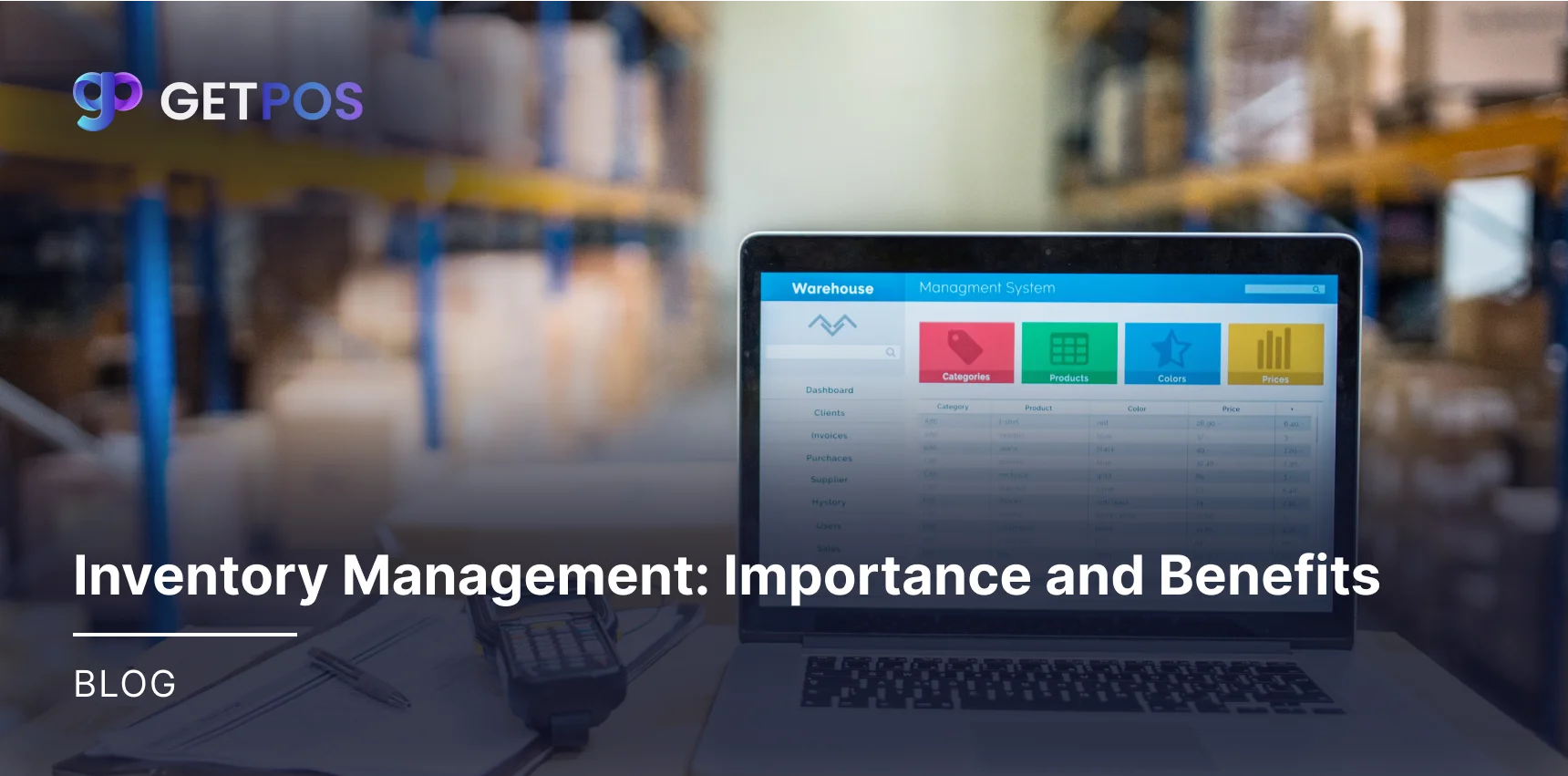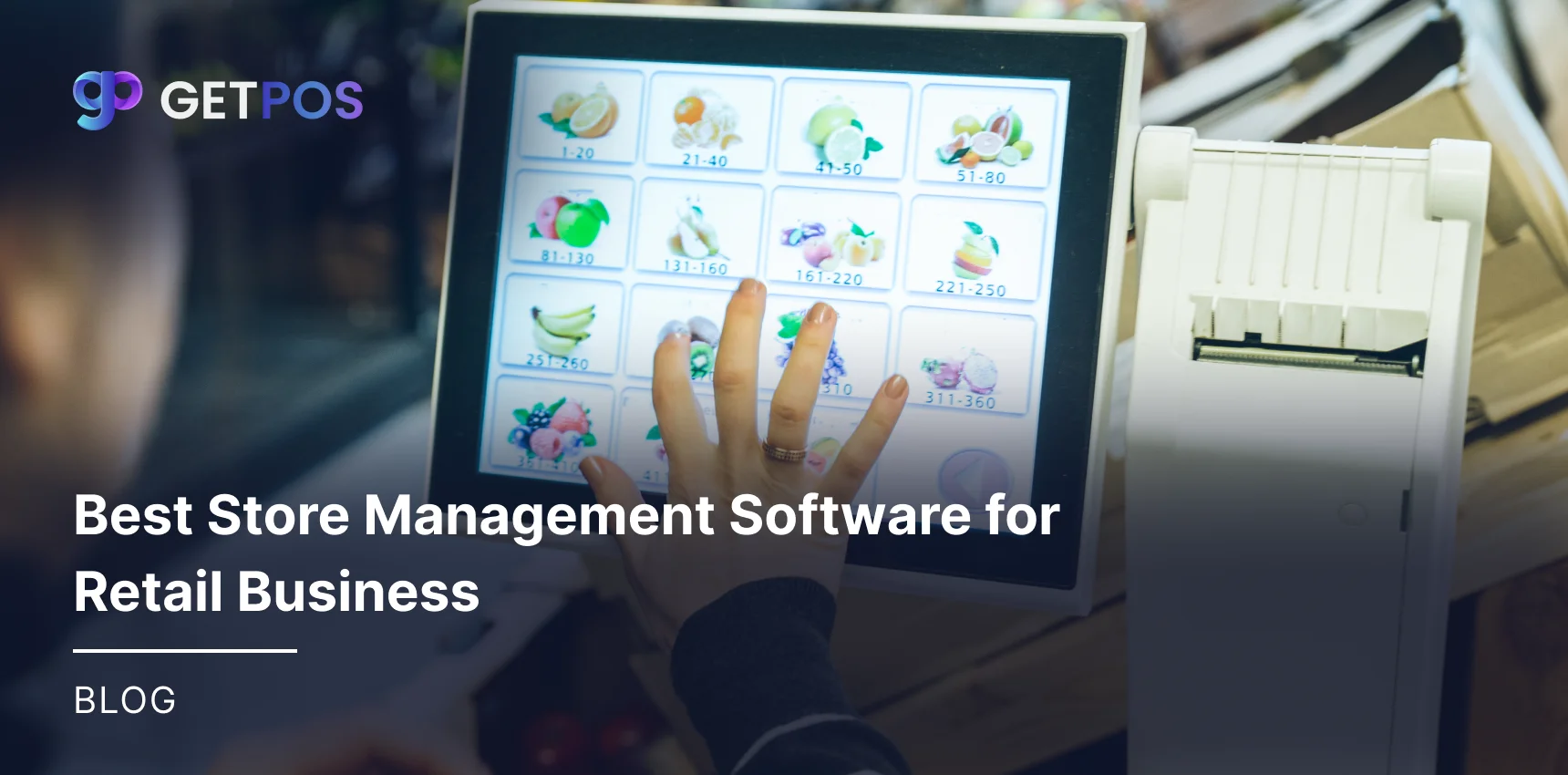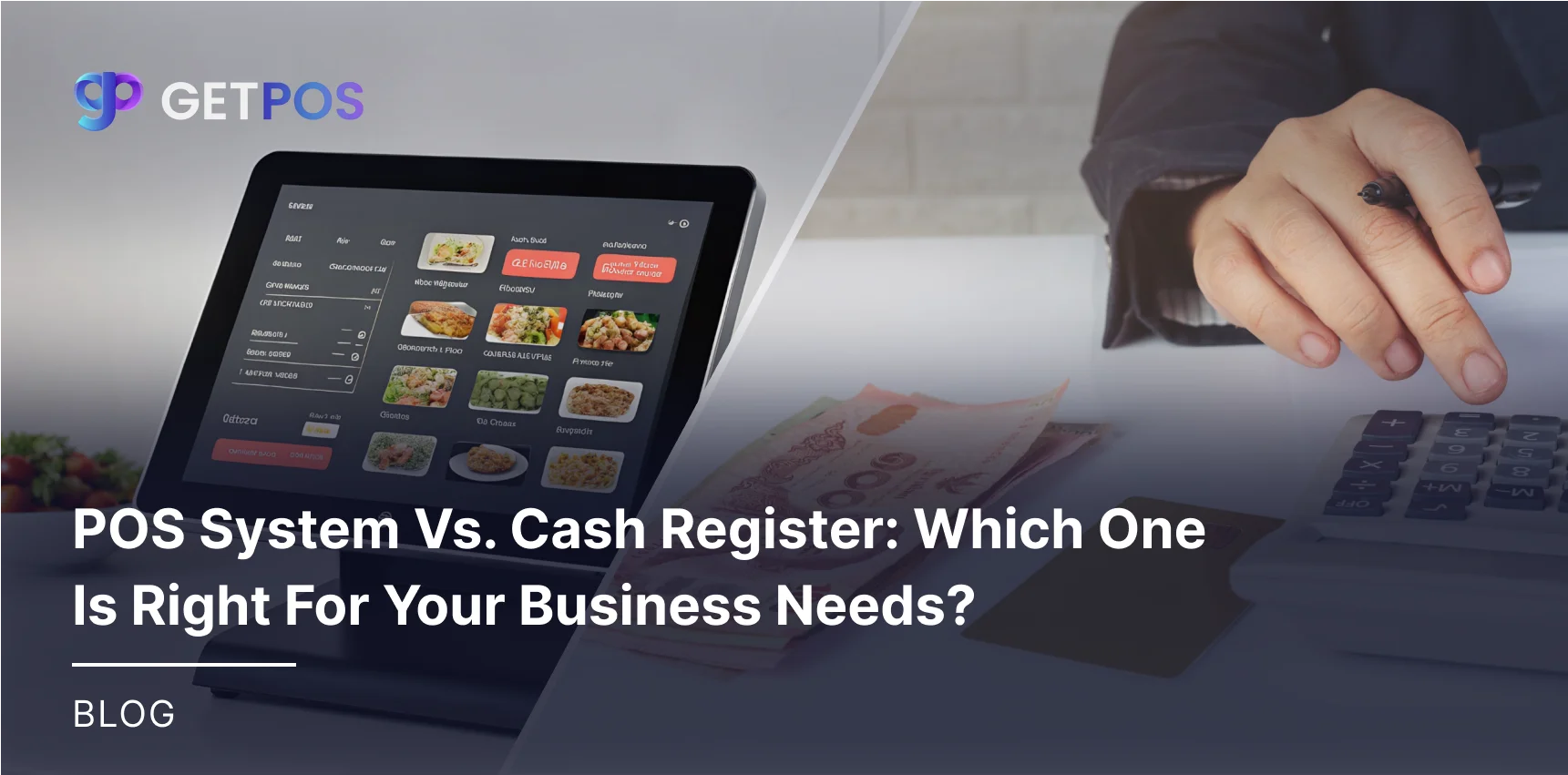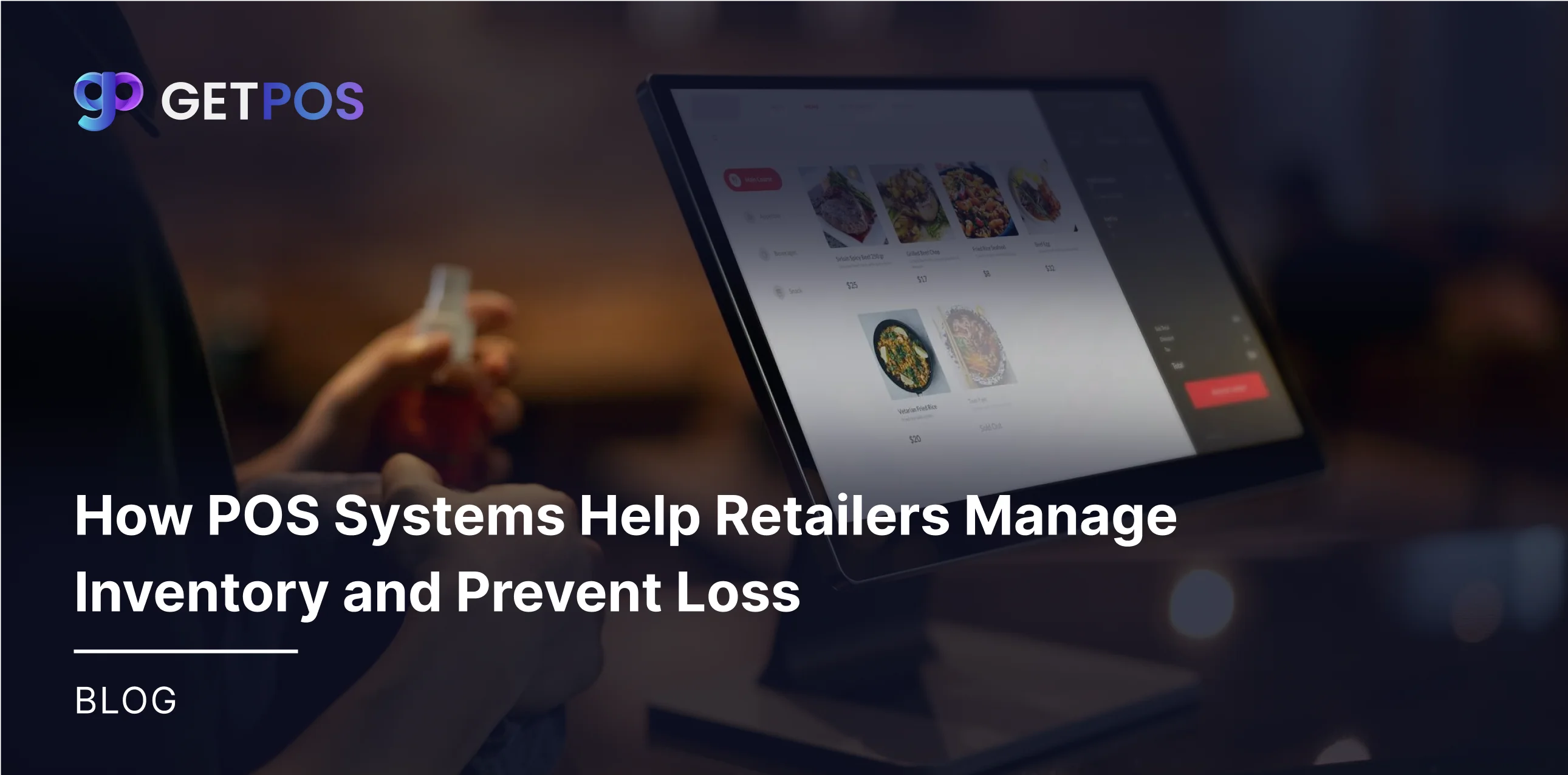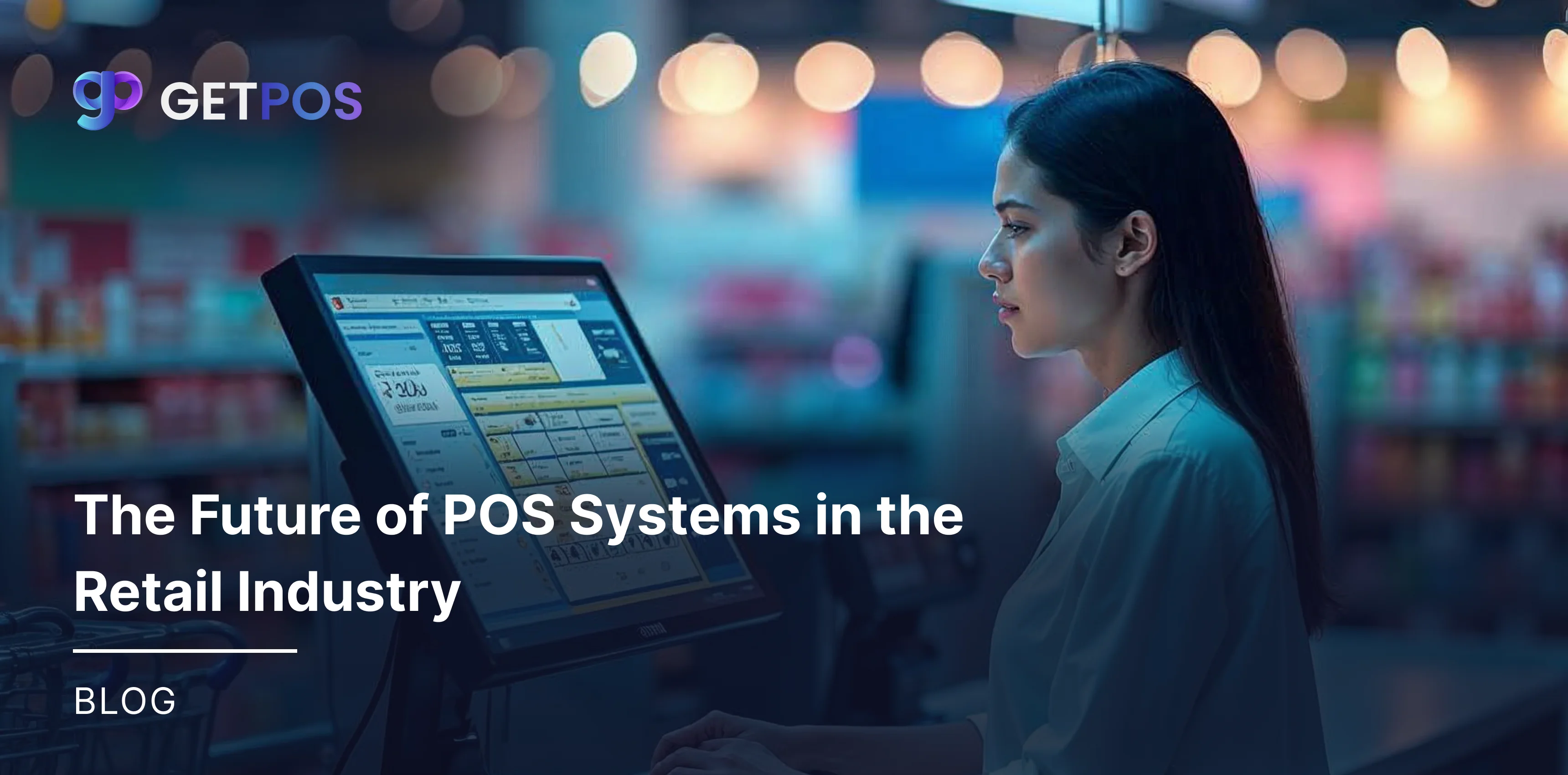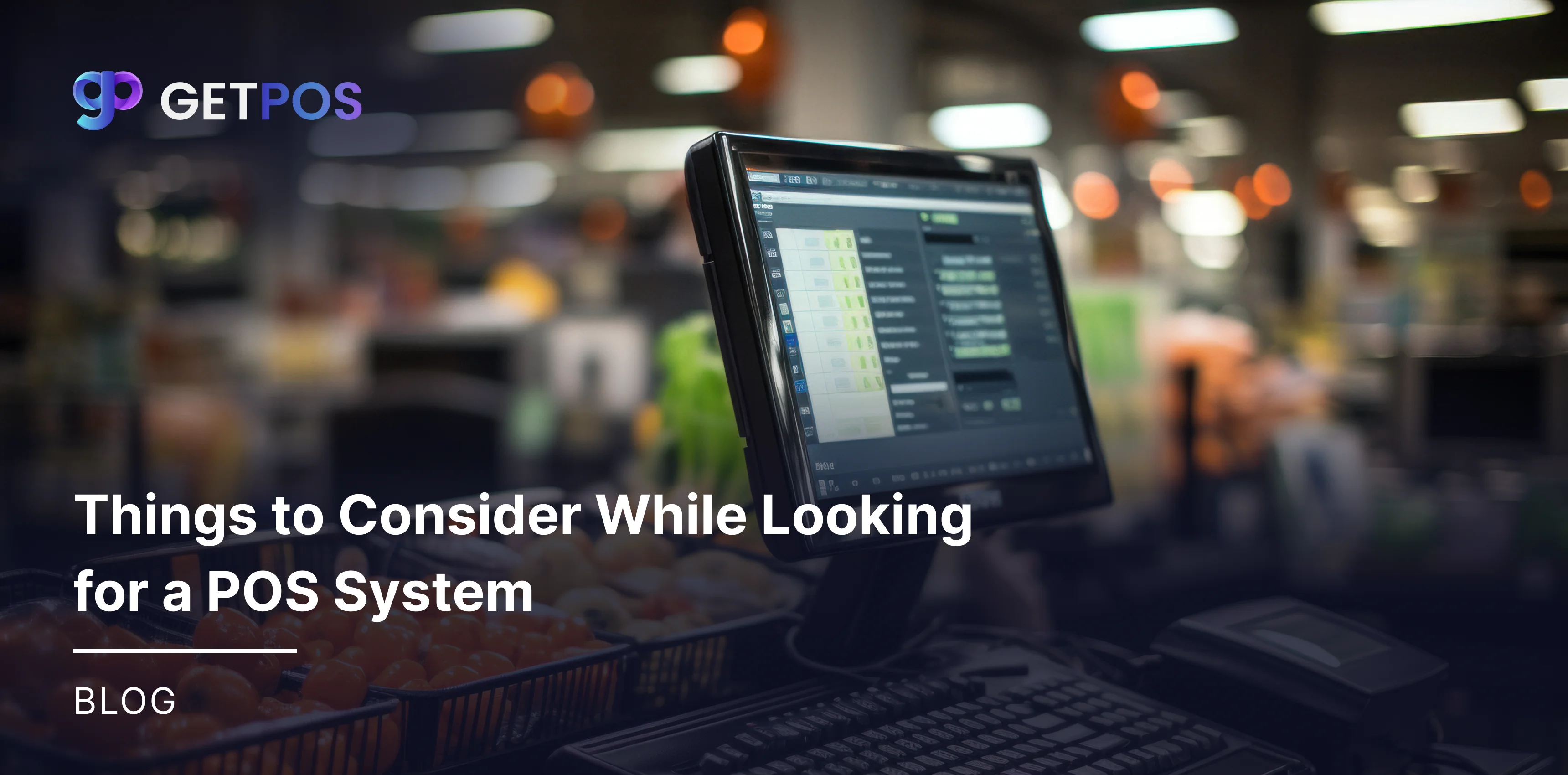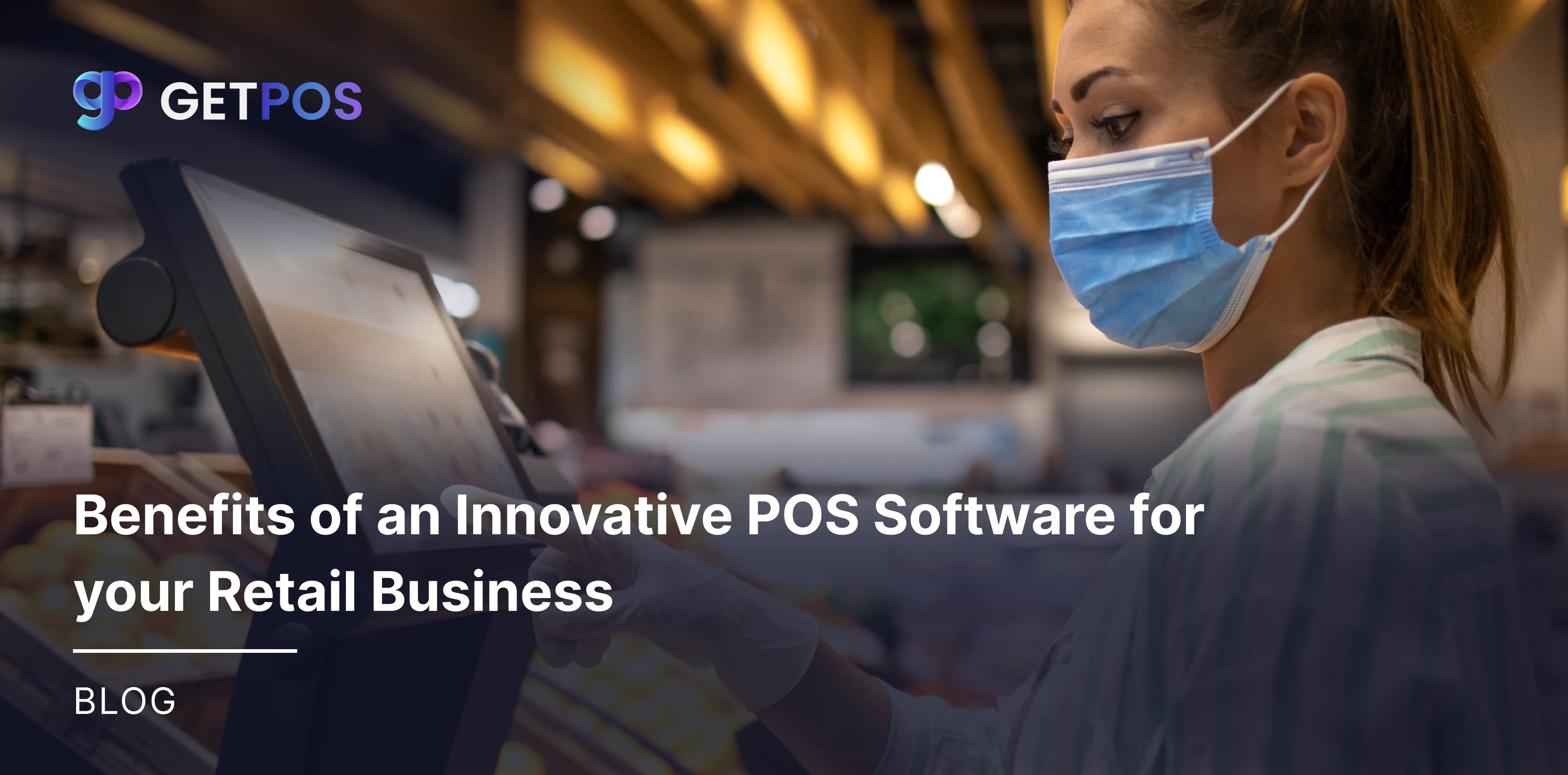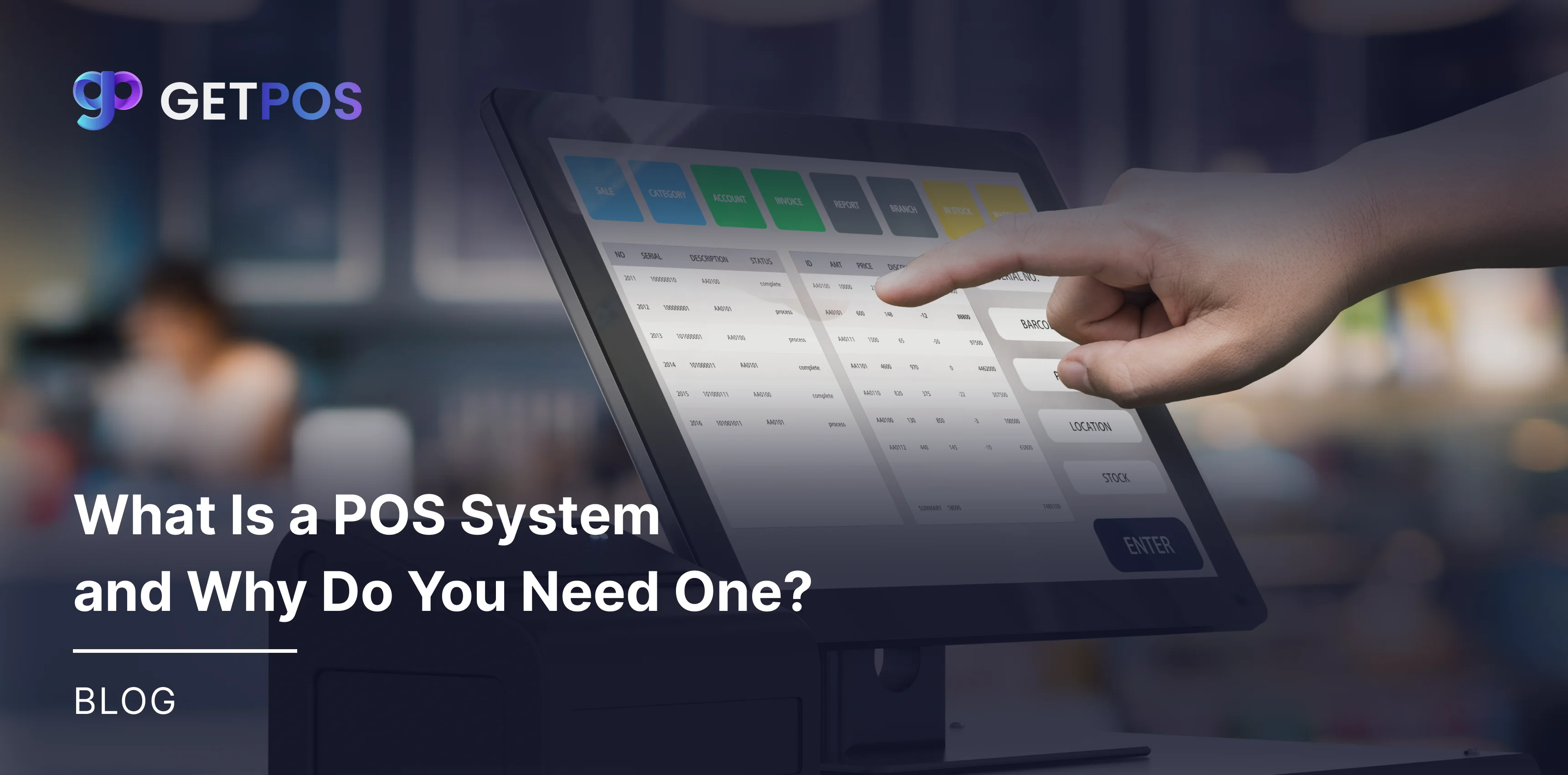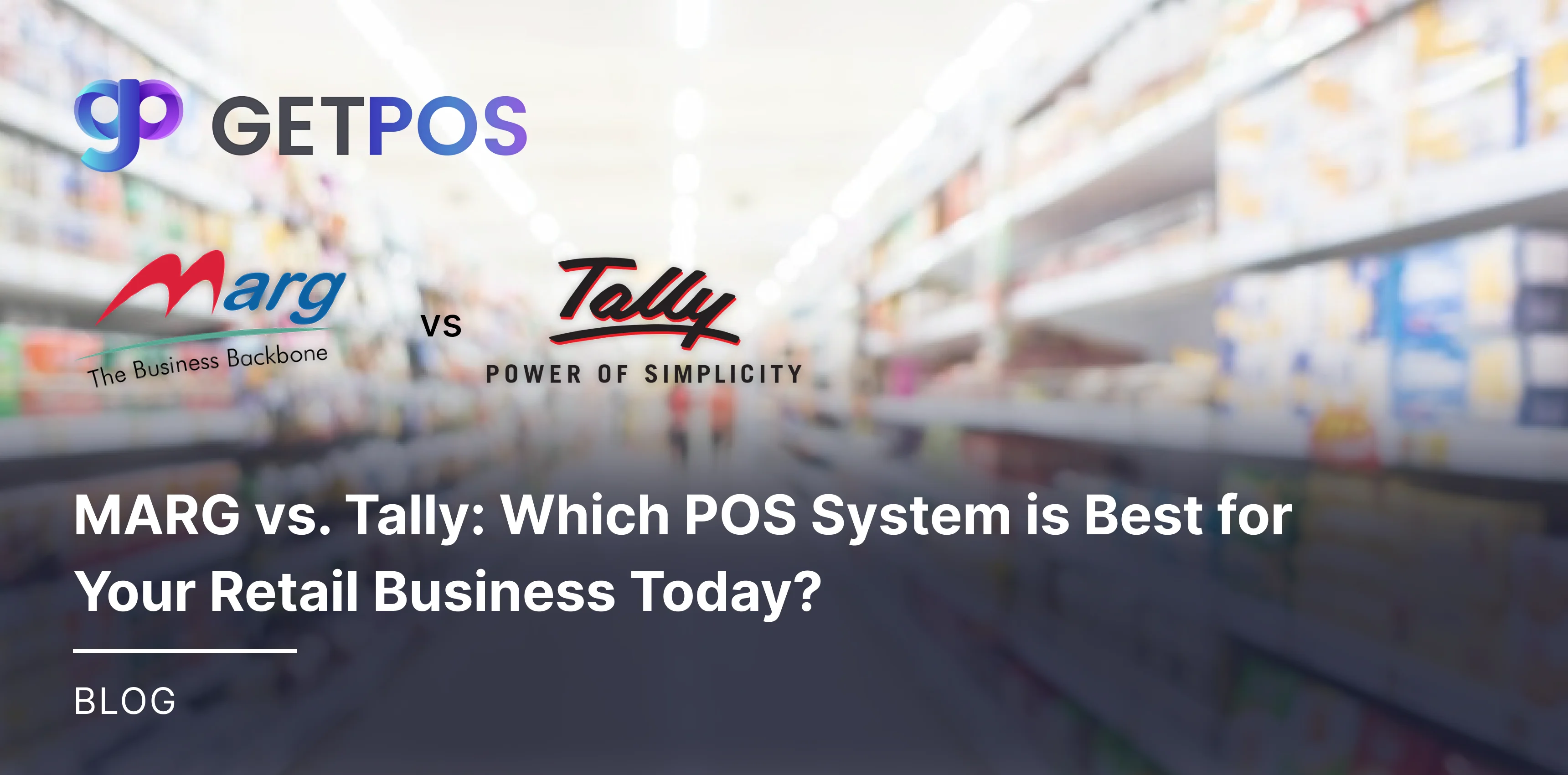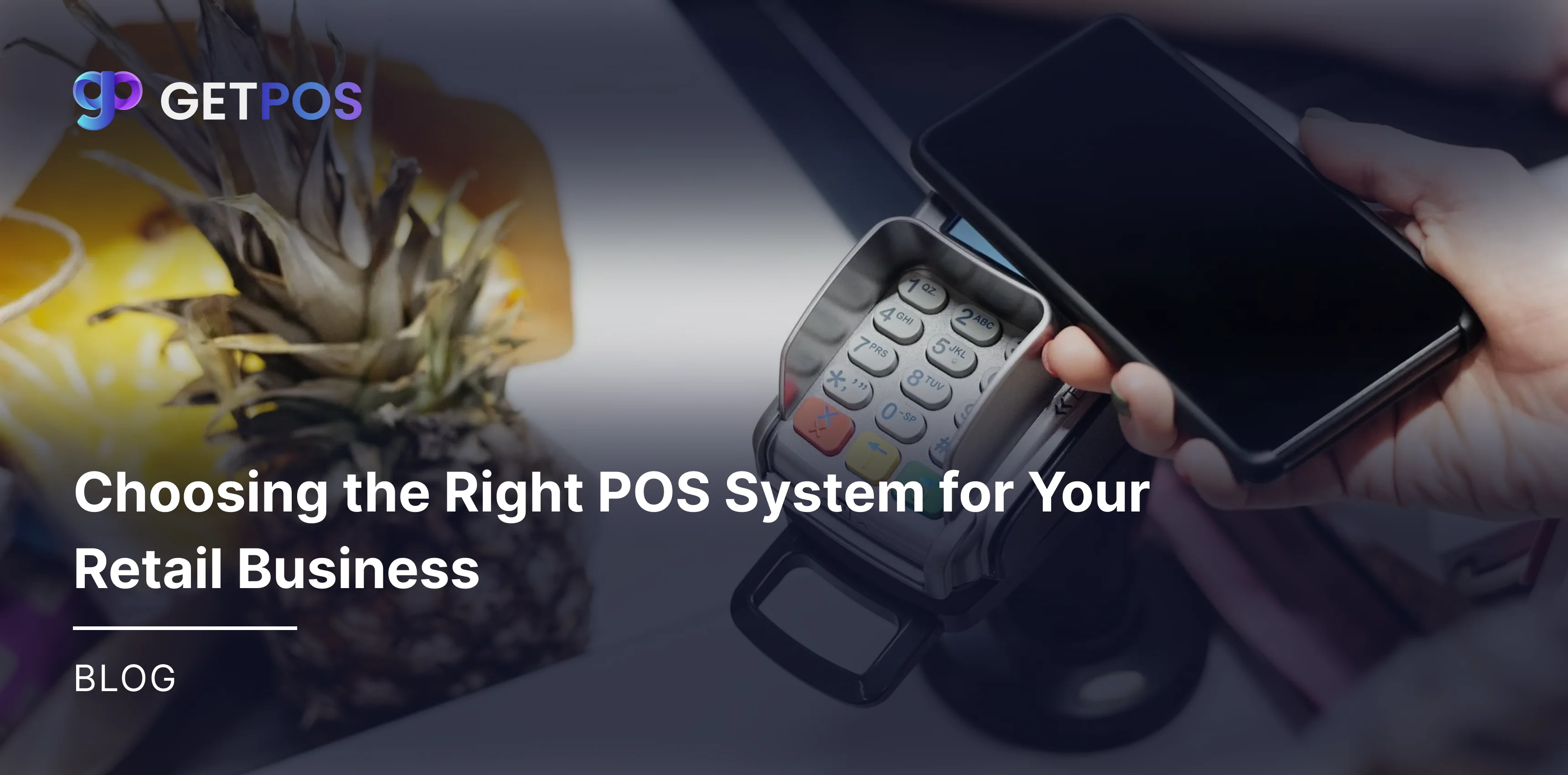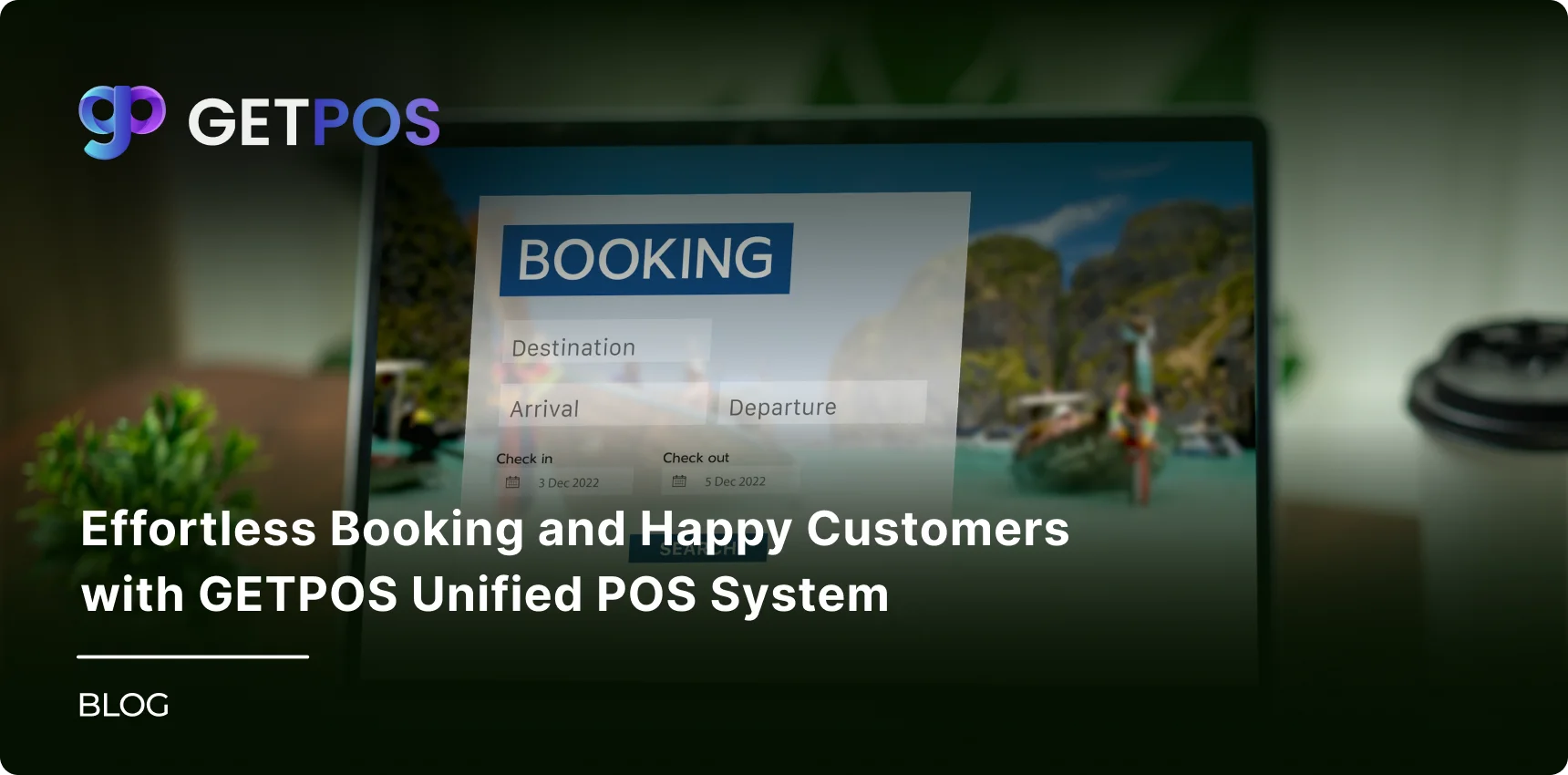Quick Summary
What is POS Data? It's the information collected at your store's checkout. POS Data helps you track sales, manage stock, understand customers, and make better business choices with simple, clear data.
Table Of Contents
Introduction
If you are tired of guessing which products will sell and which will remain on your shelves, as per customer demand, it can be overwhelming, as many retailers struggle to really know what their customers want. With the right retail data analysis, you can finally understand your shoppers and boost your sales. Running a store today means dealing with lots of information, but not always knowing what to do with it. What is POS data? It's the information collected every time a sale happens at your checkout. In this blog post, you'll learn how using POS data can help your retail business grow and succeed.
Key Takeaways
POS Data is the information collected at your store's checkout.
It helps you track sales, stock, and customer habits easily.
Using POS Data improves business decisions and planning.
Retail Data Analysis turns this data into useful actions.
Any size store can benefit from using POS Data.
What is POS Data? Breaking Down the Basics To Understand
Let us first understand what is POS data, it is the information collected every time a customer makes a purchase at your store, whether in-person or online. This includes details like what product was bought, the price, the time and date of the sale, how the customer paid, like cash, card, or digital wallet, and sometimes even customer details like name or loyalty program information. This POS data can also include the location of the sale and inventory updates, helping you track what's selling and when.
POS data is different from other retail data sources because it is collected directly at the moment a sale happens, giving you real-time and accurate information about actual customer purchases. And other data, like wholesale or online analytics, might show trends or bulk sales, but POS data focuses on the final sale to the customer, making it essential for understanding true buying behavior.
Check out these Benefits of POS Software for your Retail Business.
Types of POS System Data That Go Beyond Just Sales

When talking about POS System data, understanding the different types helps you see how much more you can learn beyond just sales numbers. Here, each type of data gives you a different view of your business and helps you make better decisions for growth.
Product and Inventory Data
This data tracks what products you have, what's in stock, and what needs restocking, and also tells you which items are selling fast and which are not moving. By checking this data, you can avoid running out of popular products and reduce overstock of slow sellers. You can learn How POS Systems Help Retailers Manage Inventory.
Sales and Revenue Data
This includes all the details about what you've sold, how much money you've made, and when sales happen most. By looking at POS data for sales and revenue, you can spot trends, see which days are busiest, and plan for special offers or discounts.
Customer and Loyalty Data
This data from POS Solutions for Retail Businesses shows who your customers are, what they buy, and how often they shop with you, as it also tracks loyalty program points or rewards. Using this part of POS data helps you understand your customers better and create offers that keep them coming back.
Payment and Transaction Data
This covers how customers pay, which are cash, card, or digital wallet, and records each transaction, and mainly helps you see which payment methods are most popular and makes it easier to spot any payment issues or errors. This type of POS data also helps keep your records accurate for accounting.
Check out this comparison of Retail POS Comparison Lightspeed vs. Square.
Why POS Data Matters & What Are The Real-World Benefits for Retailers
There are some important reasons why analyzing POS data is very helpful for retailers, as it gives clear answers to common business problems.
First, it helps with improved inventory management, and just by looking at what is selling and what is not, you can order the right amount of products and avoid running out or having too much stock, which saves money and keeps customers happy.
Second, POS data helps you understand your customers better, and you can see who is buying, what they like, and how often they shop. This makes it easier to group customers and send them offers or messages that match their interests, which in turn leads to more repeat customers and higher sales.
Third, you can use POS data to set better prices and plan promotions, and by checking which products sell well at certain times or prices, you can create discounts that work and avoid losing money on offers that don’t help.
Finally, POS data helps make your store run smoother, as it shows where you can save time or cut costs, like speeding up checkout or reducing mistakes. This means less waste and more profit for your business, so using POS data in these ways makes your retail business stronger and more successful.
See how you can maximize efficiency with POS (Offline & Online).
Using The Power of Retail Data Analysis For Your Business
For many retail businesses, retail data analysis and POS data analysis help turn raw numbers into useful ideas you can act on. So, by looking at your sales, customer, and inventory data, you can spot trends, see what works, and fix what doesn't, which in turn helps you make smarter decisions for your store.
There are many tools for data analysis for retail, like different dashboards and business intelligence tools show your data in clear charts and graphs, making it easy to understand. Predictive analytics and AI can help you guess what customers might buy next or when sales will go up or down, and these tools let you track sales, manage stock, and learn about your customers in real time.
To get the most from POS data, you should check your reports often, use dashboards to watch key numbers, and try simple customer loyalty programs, so this way you can boost sales, keep customers happy, and grow your business using real data, not just guesses.
Conclusion
If you are looking for some clear facts about what is selling, who your customers are, and how your store is working, you should consider using retail data insights to make profits consistently. With simple tools and regular checks, you can use this data to make better choices, save money, and keep your customers happy. Retail data analysis is not just for big companies, any store can use it to grow and succeed.
Frequently Asked Questions
The important POS data tracks what sells and what doesn’t, so you know when to reorder products and avoid overstocking. This keeps your inventory balanced and reduces wasted money.
POS systems collect sales data, product and inventory data, customer data, payment information, and even employee performance and promotion results for your store.
It’s good to check your POS data regularly, like weekly or monthly. This helps you spot trends early and make quick changes to improve your business.
Some of the modern POS systems use strong security to protect your data and your customers’ information, keeping everything safe and private.


